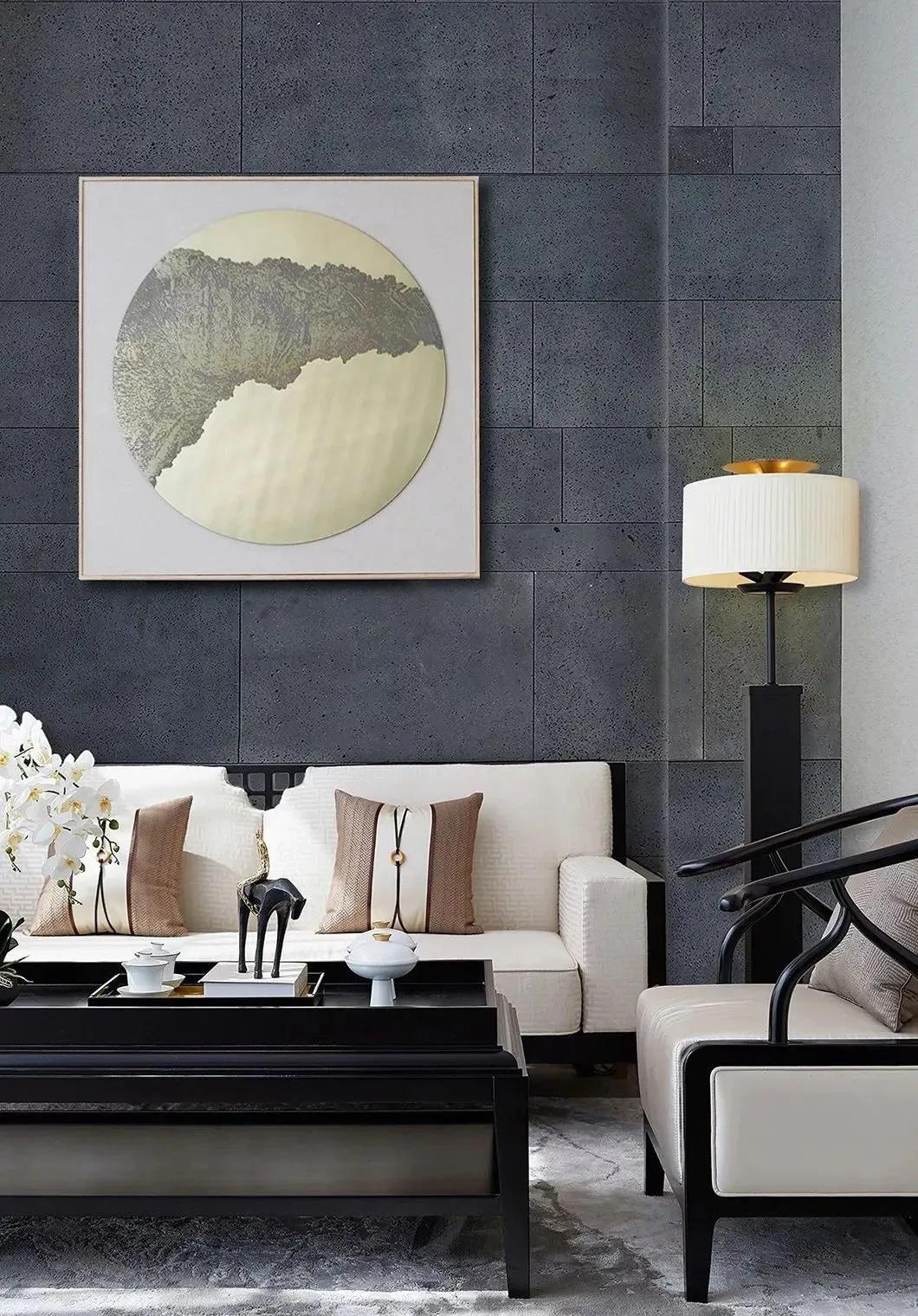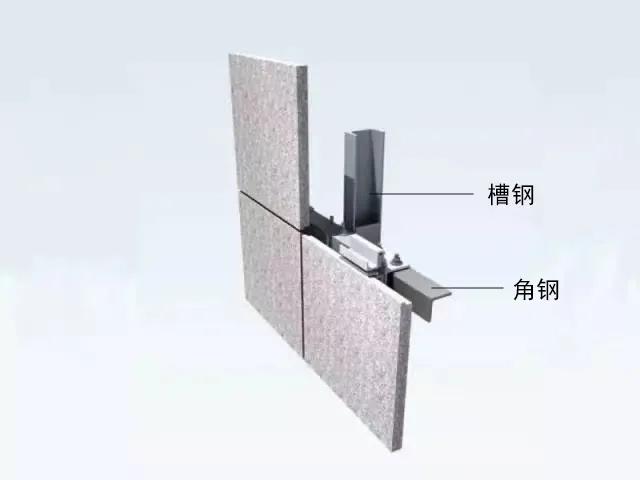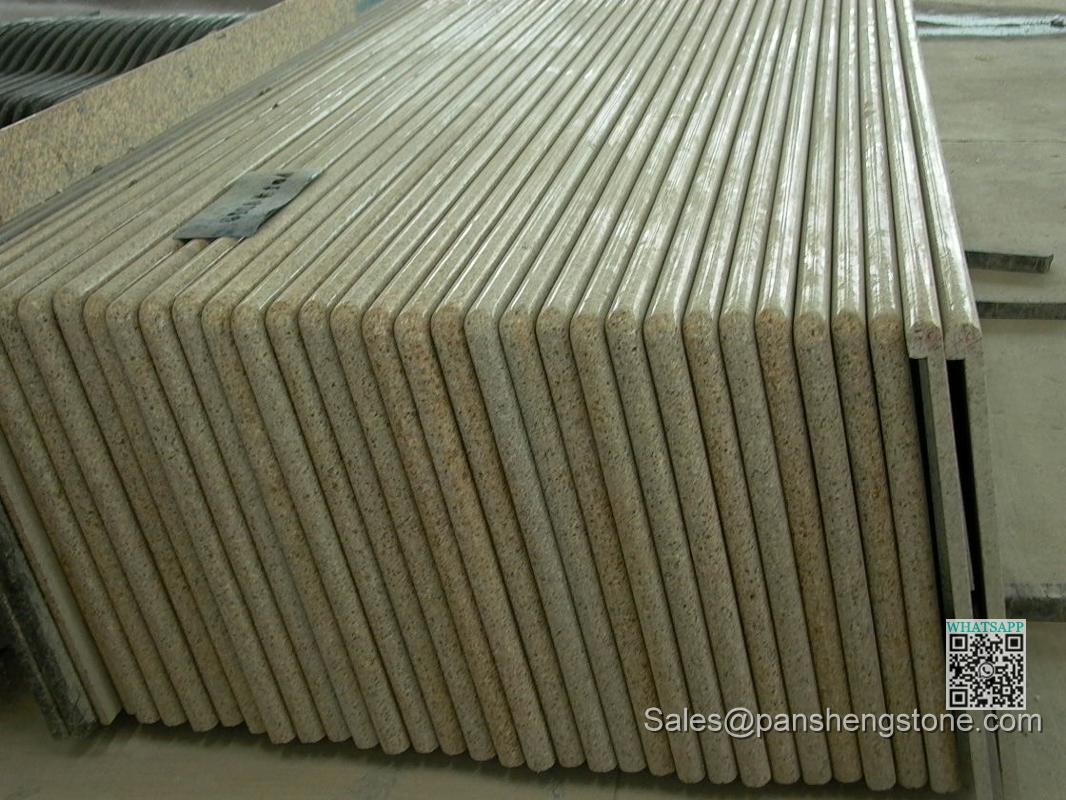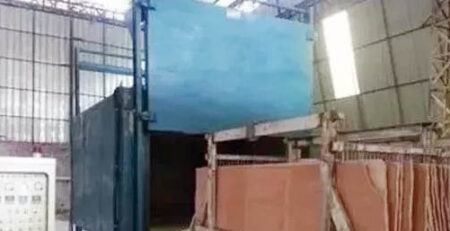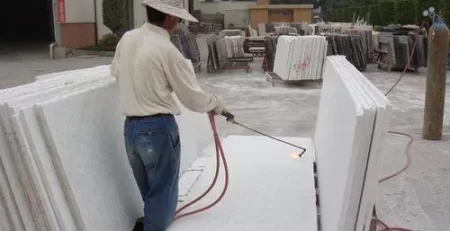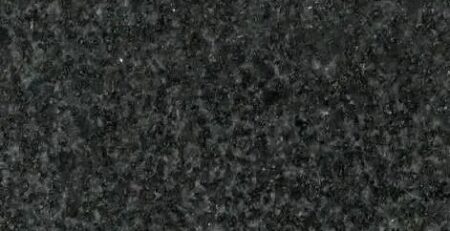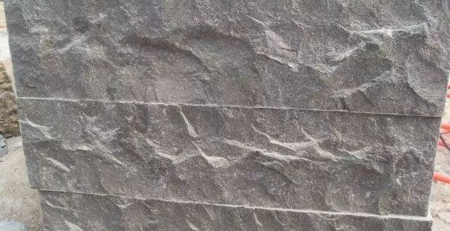What is volcanic stone? A complete guide to volcanic stone
There is a kind of stone, which originated from nature, often appear in various forms in daily life, can be called the “group favorite” in the design class!
Many partners often mistake it for travertine, but in fact, the two are very different in terms of origin and characteristics. Perhaps some partners have guessed, yes, it is today's protagonist - volcanic stone.
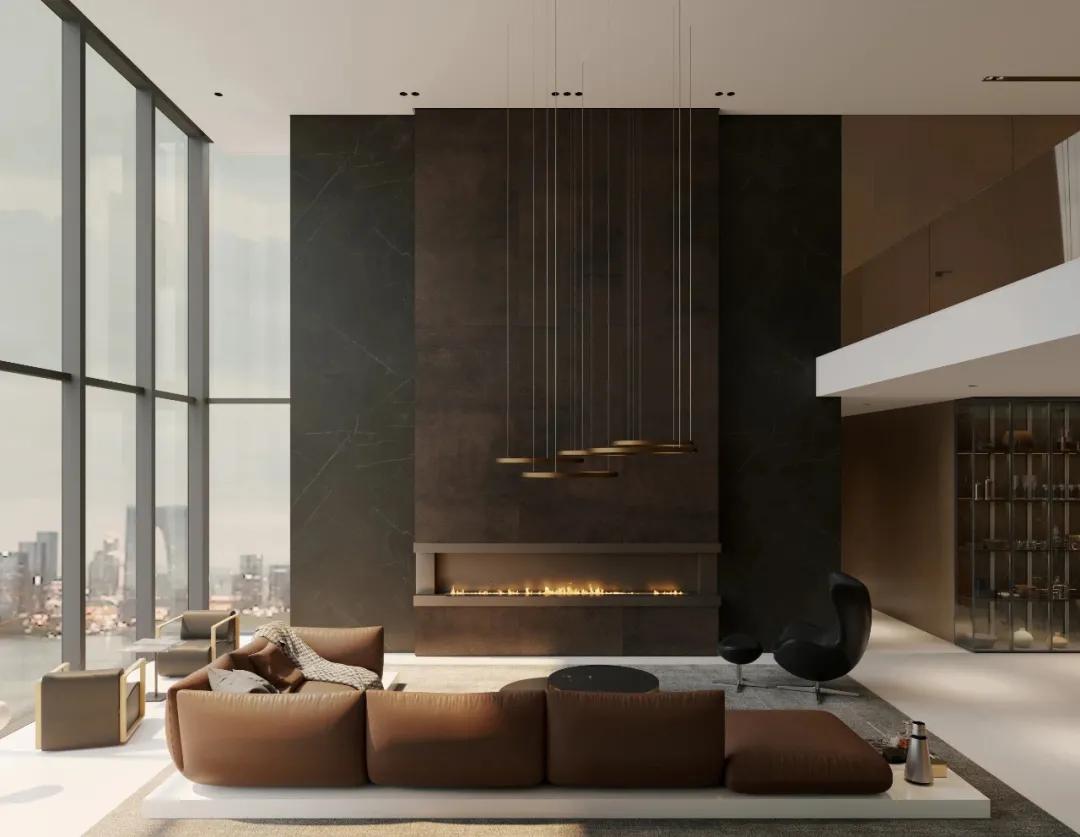
Let's talk about volcanic rock from the following 4 points:
1. What is volcanic rock? What are its characteristics?
2. Types of volcanic rock
3. Construction technology of volcanic rock
4. Application of volcanic rock
What is volcanic rock? What are its characteristics?
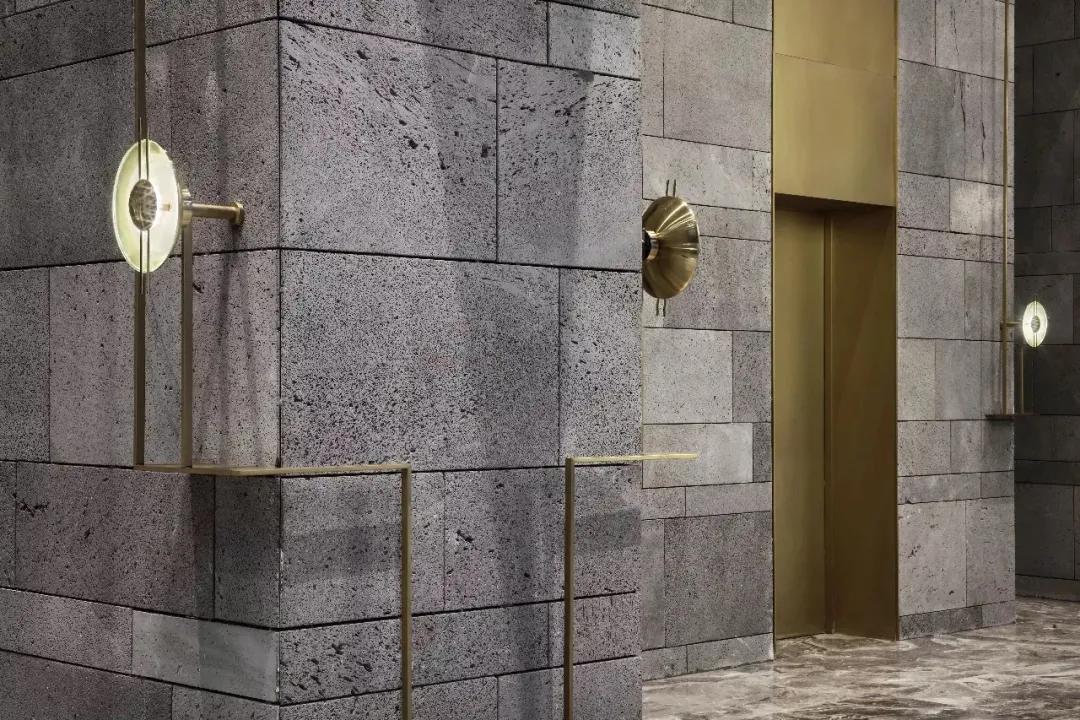
1. Definition of volcanic rock
Volcanic rock, also known as extrusive rock, belongs to the category of magmatic rock (igneous rock). It is an extrusive rock formed by magma ejected from the crater to the surface and condensed.
As a new type of functional environmentally friendly material, the porosity of volcanic rock is very precious.
Seeing this, you may have questions:
Isn’t this the grinding stone used in foot baths?
Hmm…isn’t the landscaping stone in my fish tank also like this?
How did the landscape road in the park suddenly become a precious high-end stone?
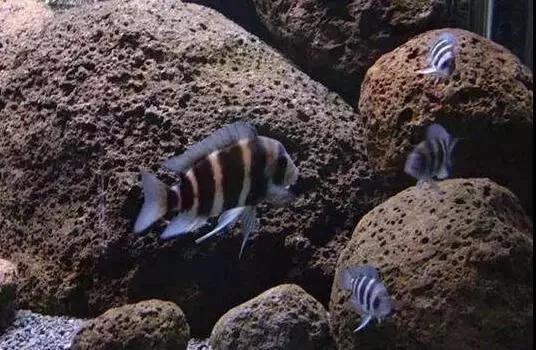
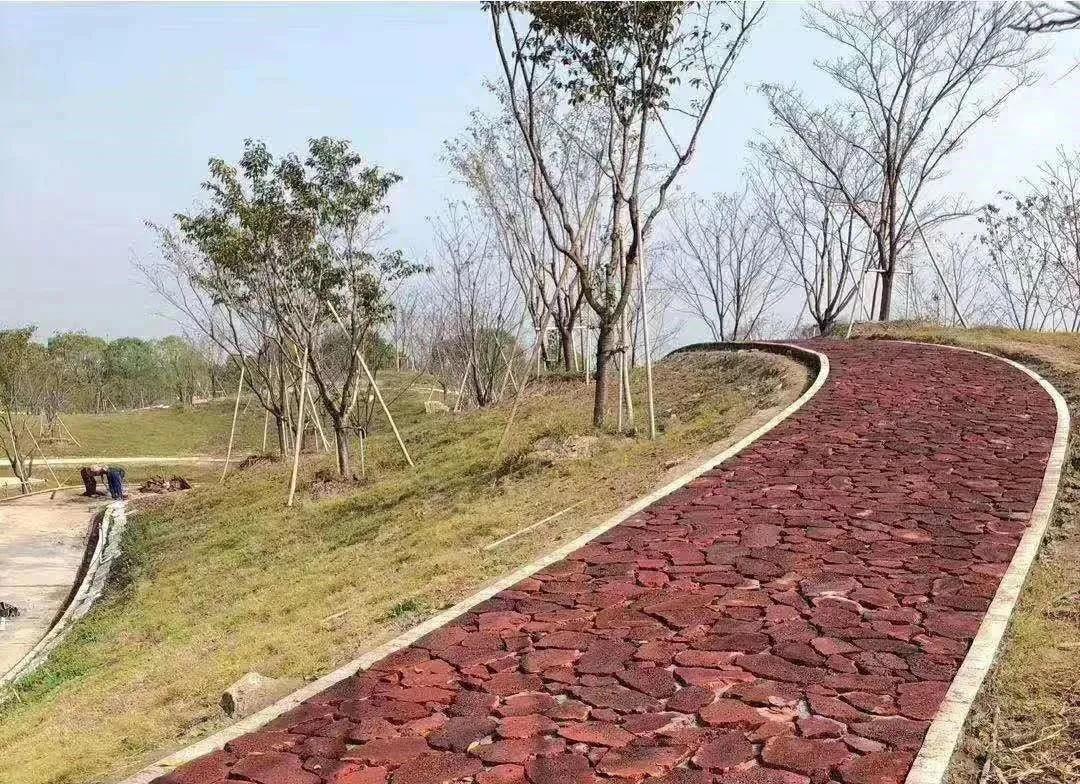
You read it right, these are all volcanic rocks, so it is called the "group favorite"! Its strength should not be underestimated!
2. volcanic stone characteristics
2.1 Decorative
Volcanic rock stone simple and natural, beautiful atmosphere, fashion, highly ornamental value, but also able to other types of stone with the perfect combination, to achieve complementary artistic effect.
2.2. Wear-resistant and corrosion-resistant
Has excellent wear resistance, corrosion resistance, compared with metal, light weight, long life. And volcanic stone elasticity, toughness are much higher than steel, strength is higher than light metal alloys, corrosion resistance is higher than glass.
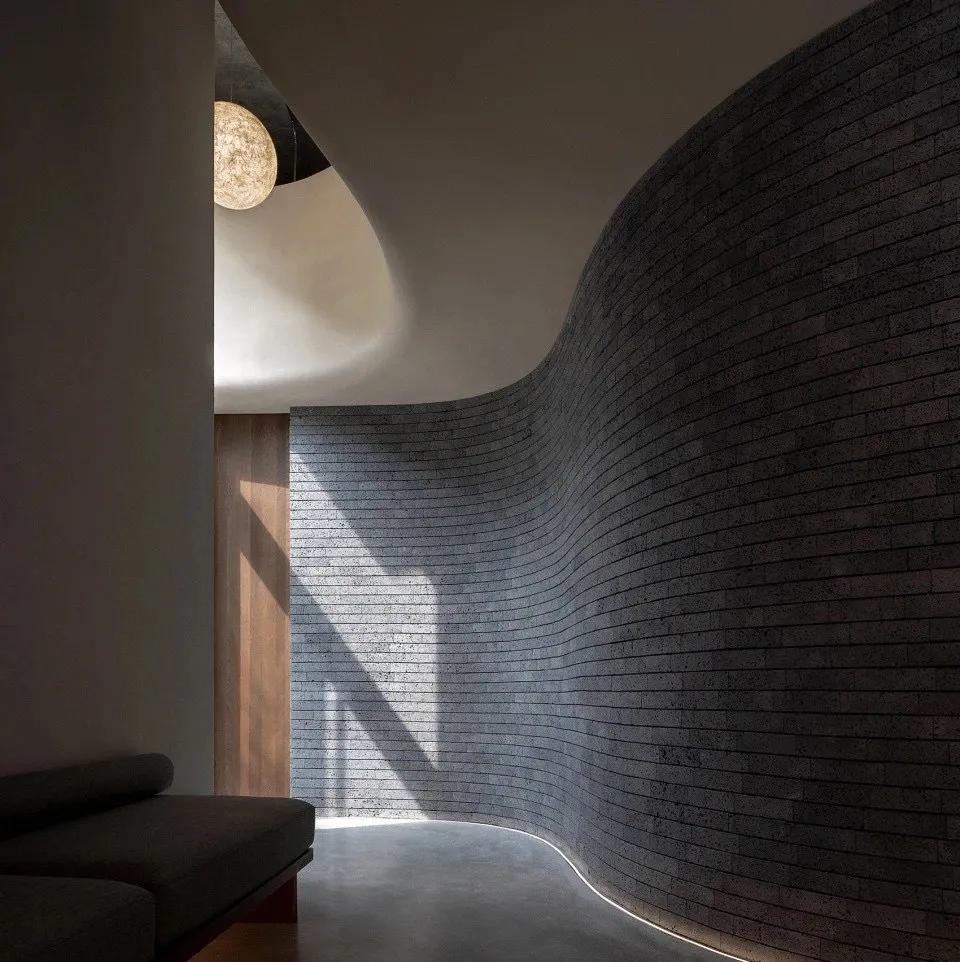
2.3. Climate regulation
The natural holes in volcanic rocks give them a unique "breathing" function, which can regulate air humidity and improve the ecological environment.
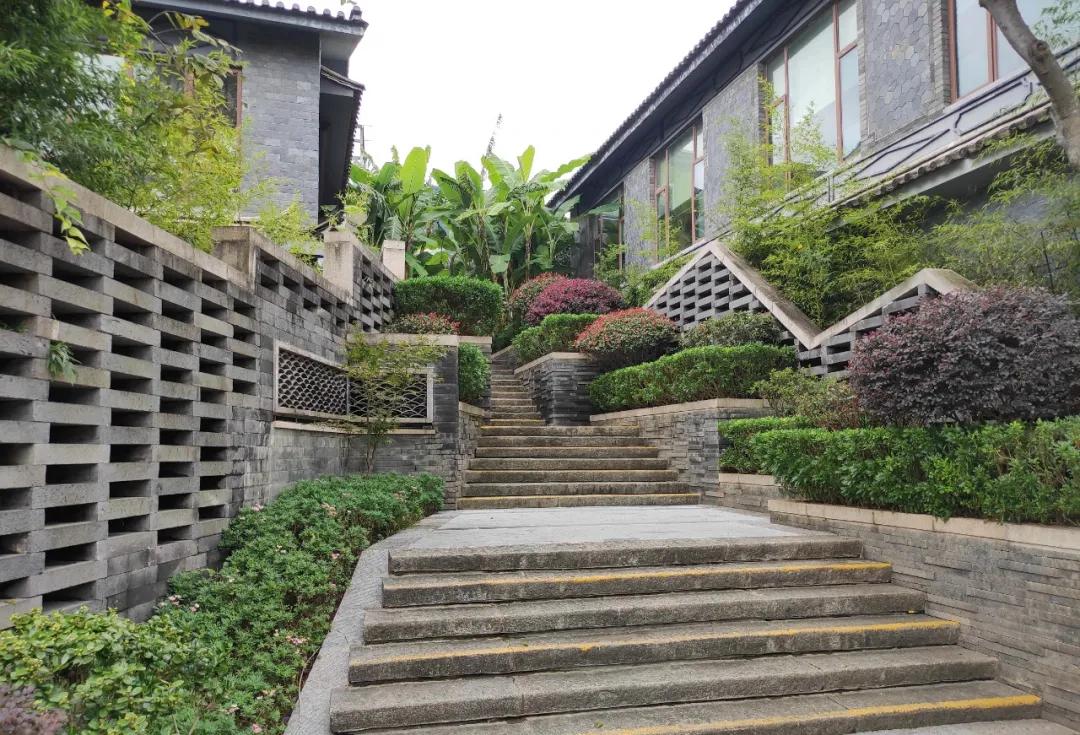
2.4 Heat-insulating
Because the raw stone of volcanic rock is formed by the condensation of volcanic lava, it has obvious light-absorbing and heat-insulating functions in an absolutely high-temperature environment.
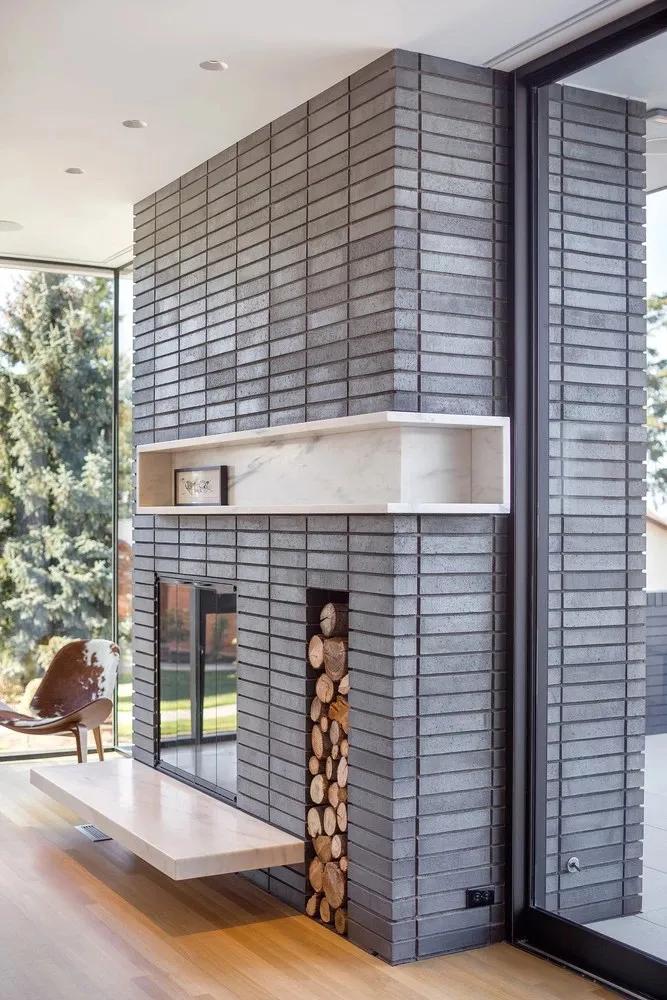
2.5. Sound absorption and noise reduction
Volcanic rock has unique natural holes, which are beneficial to the auditory environment. It is the only natural material with sound absorption function among all building materials.
2.6 water absorption and anti-slip
Volcanic stone natural unique holes so that it has a foam body material properties, water absorption and anti-slip.
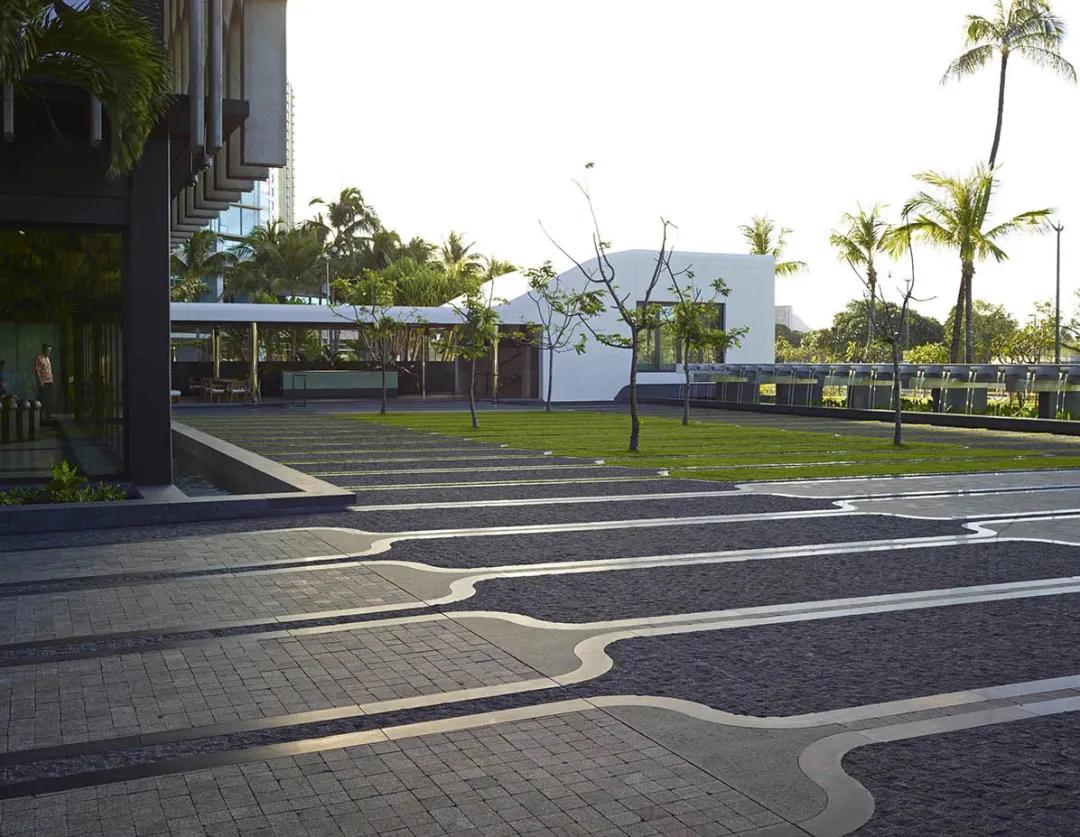
2.7 wide range of applications
Volcanic stone application is extremely wide, not only can be used in construction, interior decoration, landscape roads, etc., but also can be used in furniture design, product design and other industrial design fields.
3. Specifications and prices of volcanic rock
3.1. Common parameters
Specification board: 300mm×300mm, 600mm×300mm, 600mm×600mm, 800mm×800mm. (length×width)
Strip board: 150mm, 300mm, 600mm width×required length.
Large board: 2400mm×1200mm (length×width) minimum, the size can be customized according to different requirements.
Board thickness: 20mm, 30mm, 40mm.
(The above are the common parameters of most products on the market of volcanic rock fine-cut boards, for reference only)
3.2 material prices
Volcanic rock stone class is mainly affected by factors such as origin, species, specifications, texture and so on. To fine-cut specification plate 600mm × 300mm × 20mm, for example, the average market price of 40 - 50 USD/ square meter.
(The above price is only the market ordinary mid-range price, material prices according to its different projects, different brands, and customization and other multiple reasons will have a large fluctuation, for reference only.)
Types of volcanic rocks
The biggest feature of volcanic rocks is the holes. They can be classified according to the size and color of the pores. At the same time, they can be classified according to the texture and morphology of the surface of volcanic rocks.
1. Classification by pore size and color characteristics
It can be divided into 5 categories: millipore volcanic rocks, small pore volcanic rocks, medium pore volcanic rocks, coarse pore volcanic rocks, and red volcanic rocks. (The first four main colors are black or gray)
1.1. Millimeter-pore volcanic rock
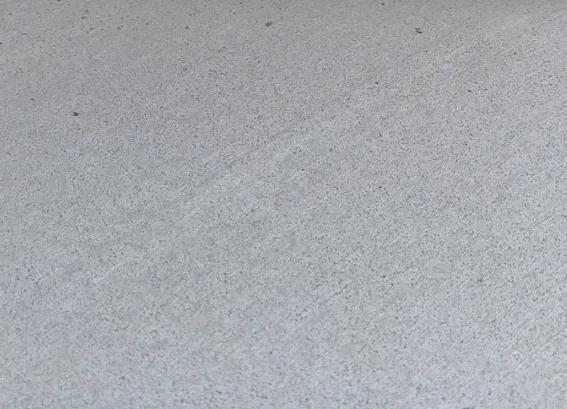
Also called micron-pore volcanic rock, commonly known as "bluestone", this type of pores are relatively small, generally needle-like, and evenly distributed. The color is generally gray, and is often called "millimeter-pore gray" on the market.
1.2. Small-hole volcanic rock
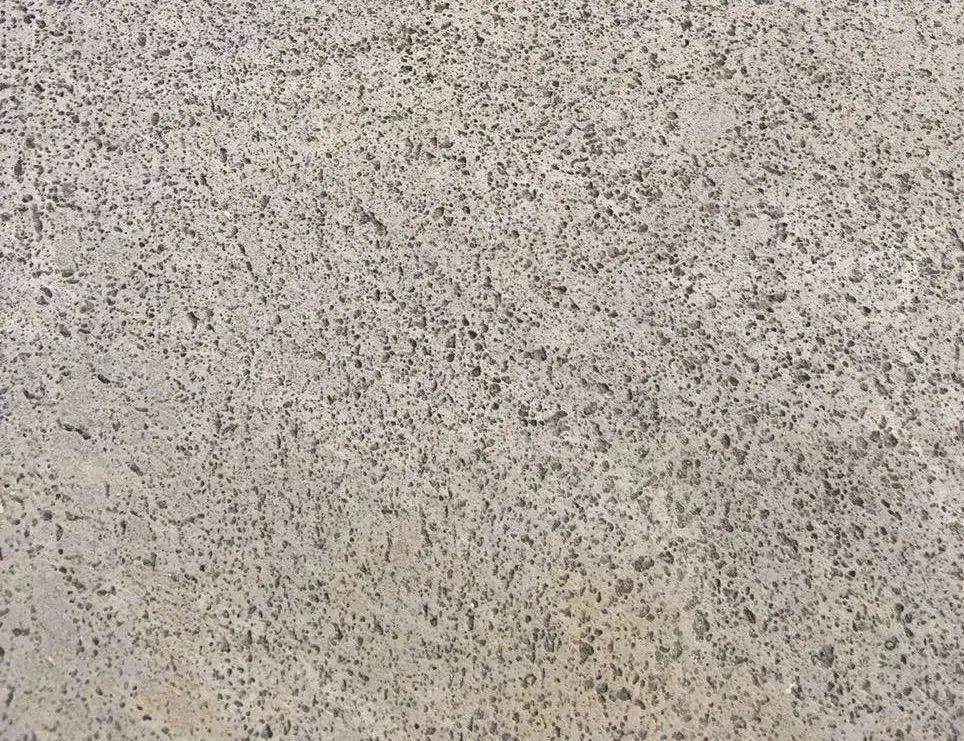
The holes are very similar to sponges, ranging from the size of sesame seeds to rice grains, and the holes are relatively uniform, with a good visual effect. According to the color, it can be divided into two types: "small hole black" and "small hole gray".
1.3 Mesoporous volcanic stone
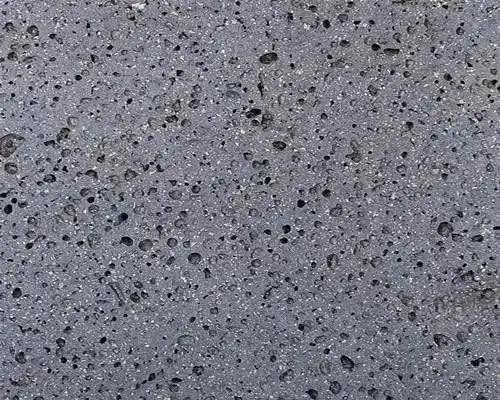
Medium-sized holes in the shape of a honeycomb. The pores are moderate, giving the volcanic stone a unique artistic decorative effect.
1.4 coarse pore volcanic stone
Volcanic stone with the largest pores, this type of volcanic stone has large pores and uneven distribution, mostly used in special decorative aspects.
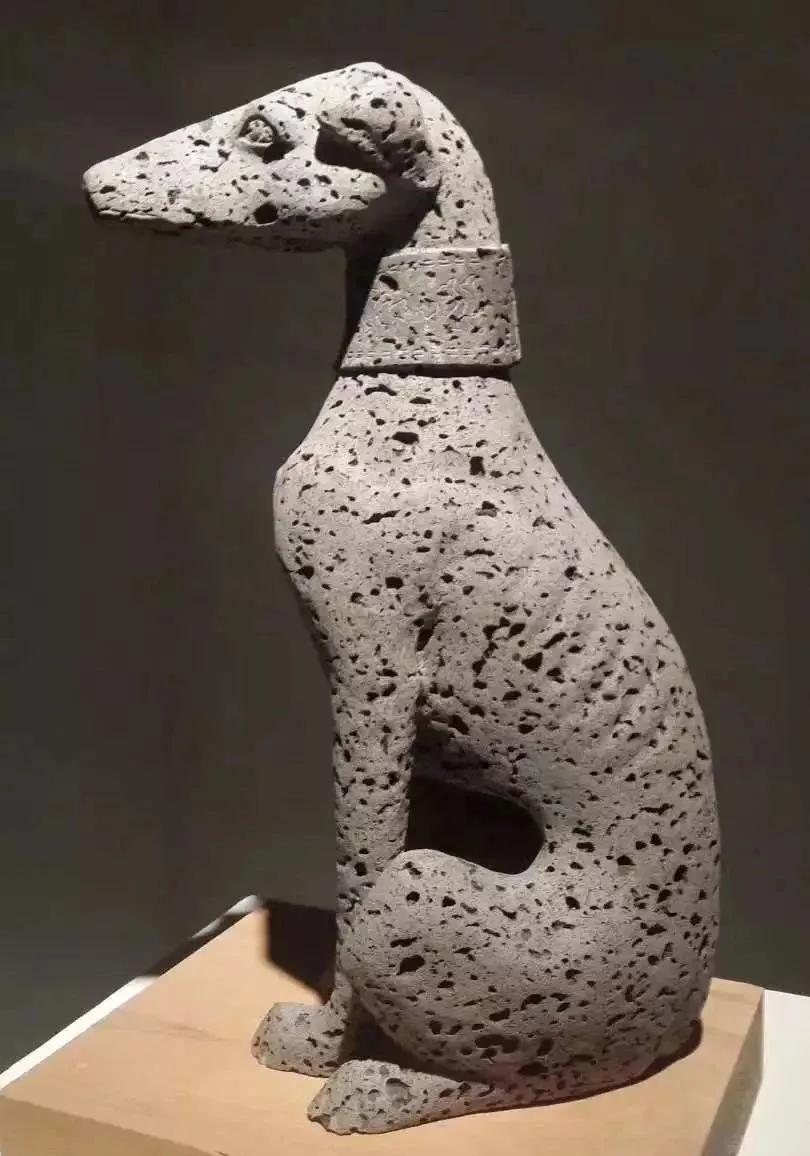
1.5 Red volcanic rock
Commonly known as "pumice", it is generally dark red or earthy red, with low density and light weight, and can even float on water. This type of volcanic stone is usually used in the form of cultural stone, exterior wall tiles and floor tiles.
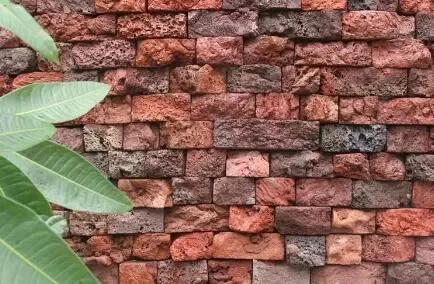
2. According to the finishing texture classification
Commonly used finish texture can be divided into four categories: natural surface, polished, bush-hammered, chiseled surface.
2.1 Natural surface volcanic stone
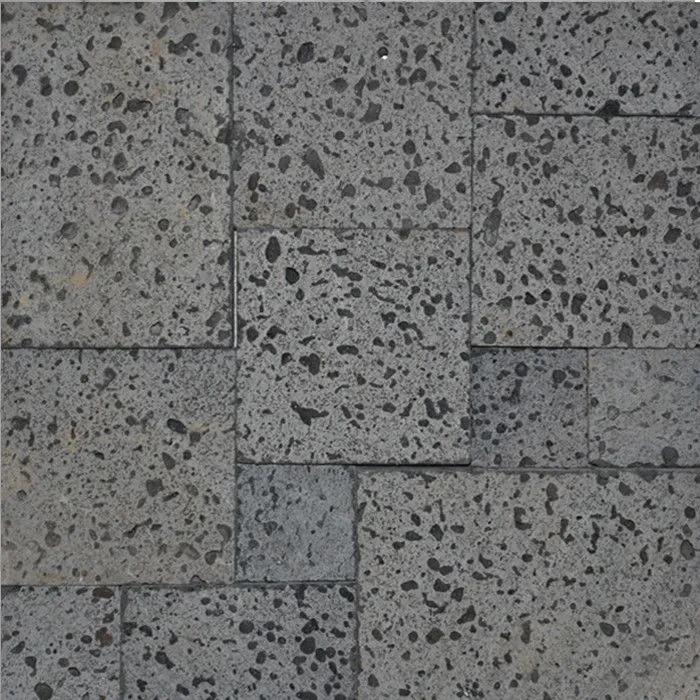
The original texture of natural stone is retained, and it is divided into two types: straight cutting and natural splitting.
2.2 Polished surface volcanic stone
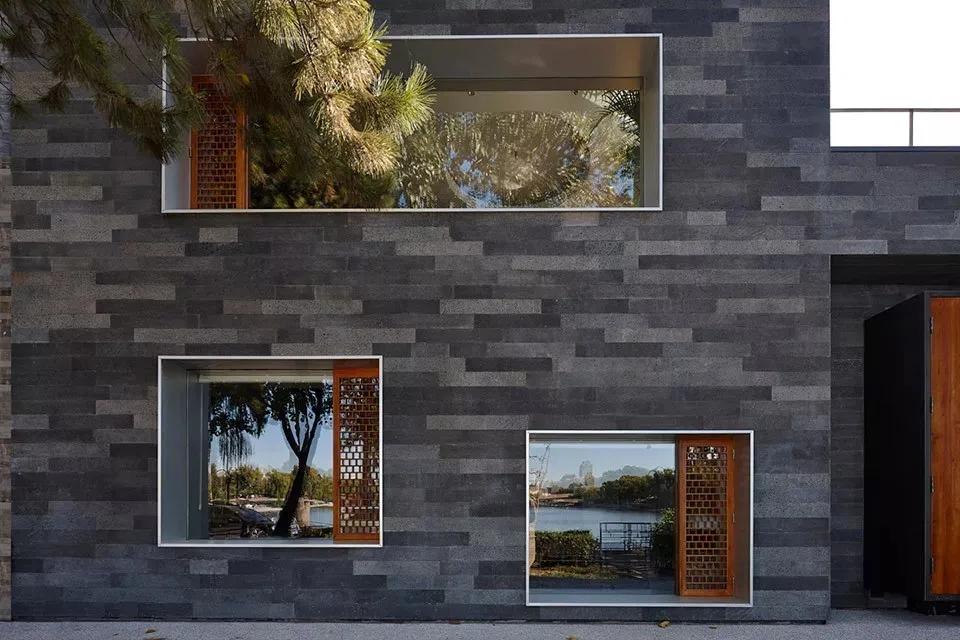
Most of them are polished surfaces of micro-pore or small-pore limestone.
2.3 Bush-hammered surface volcanic stone
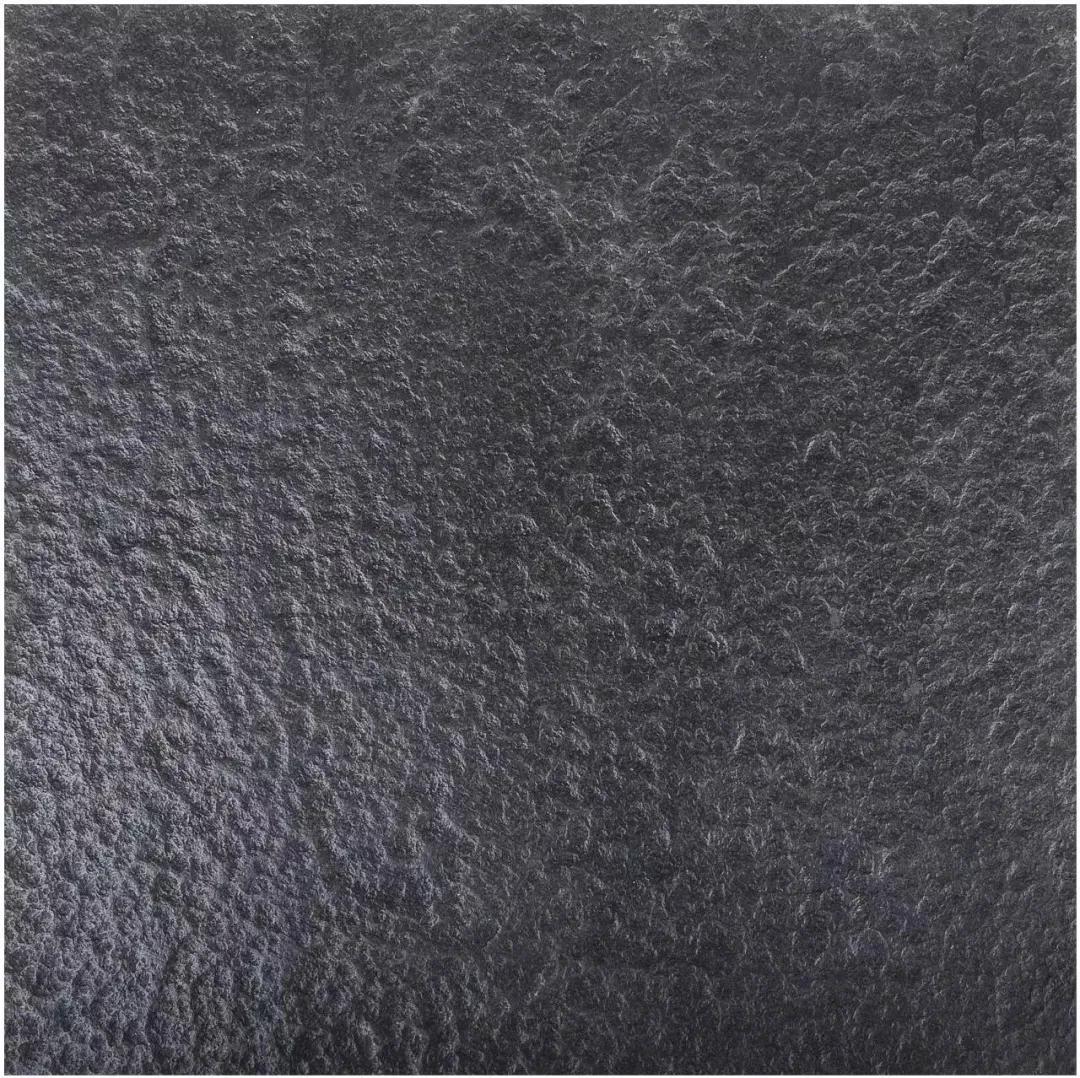
Bush-hammered surface such as lychee skin, this surface processing is very common in the stone industry
2.4 Chiseled surface volcanic stone
Most of the time, the stone surface is chiseled manually to form a rough surface with a special texture.
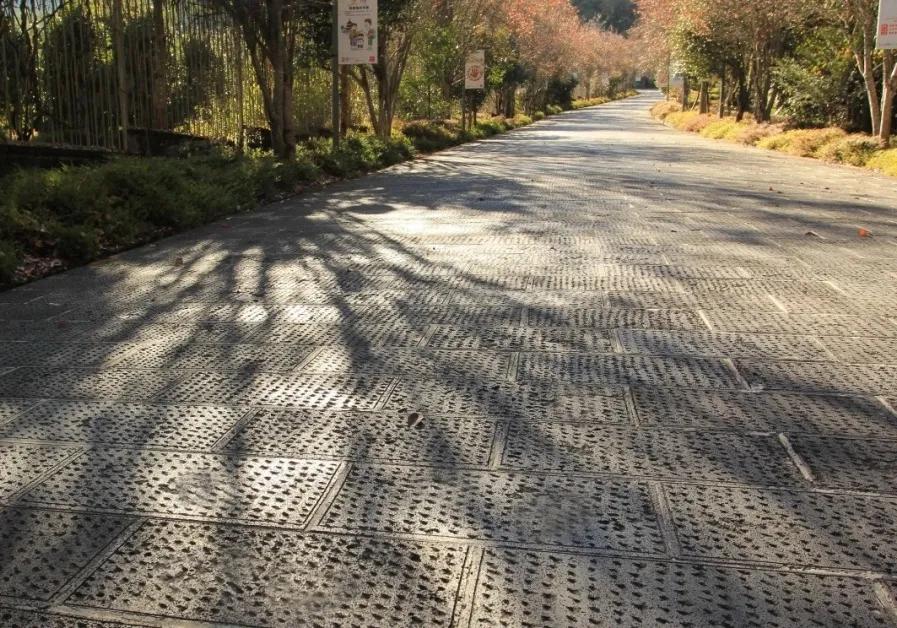
3. Classification by stone form
It can be divided into 3 categories: volcanic stone slabs, volcanic stone crushed stones and volcanic stone filter materials.
3.1 Volcanic stone slabs
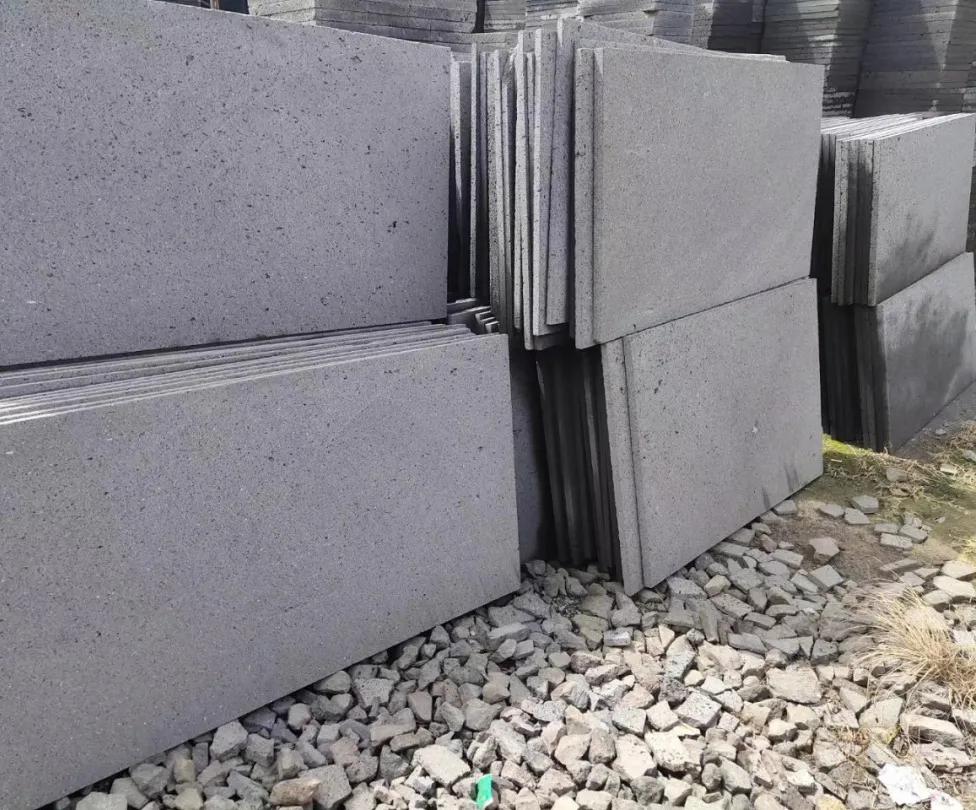
The more common application on the market is lava rock slabs, mainly for architectural and interior design. Due to the hard texture of volcanic rock, it is also possible to produce ultra-thin stone.
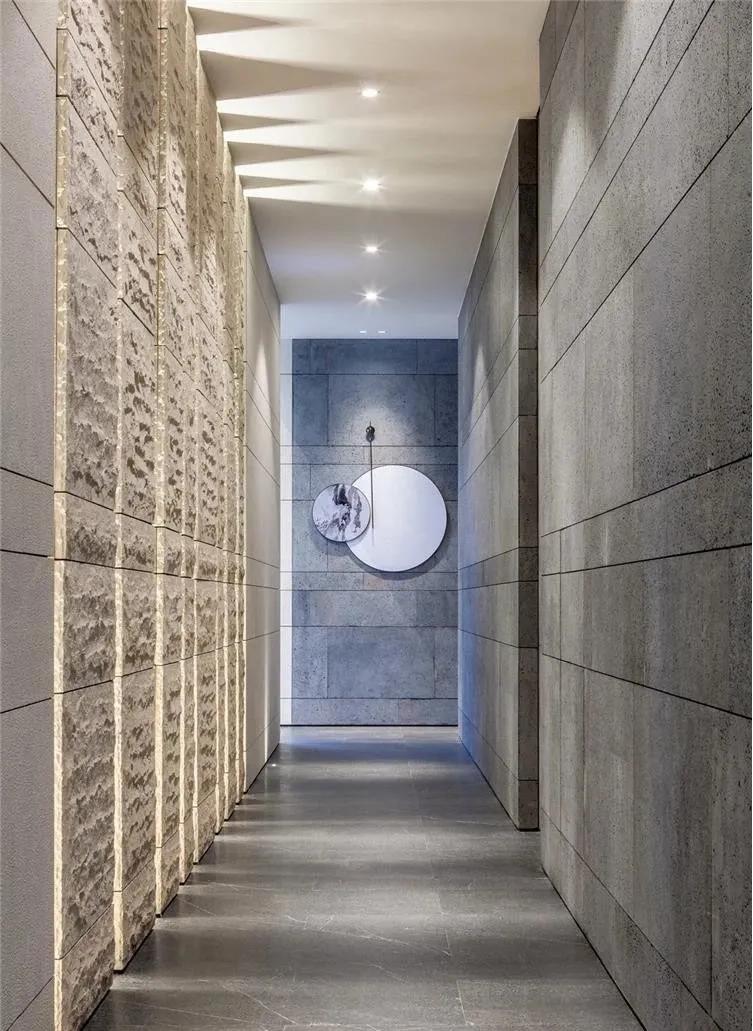
3.2 Lava rock fragments
It is mostly used in landscape design or wall skirts of building exteriors.
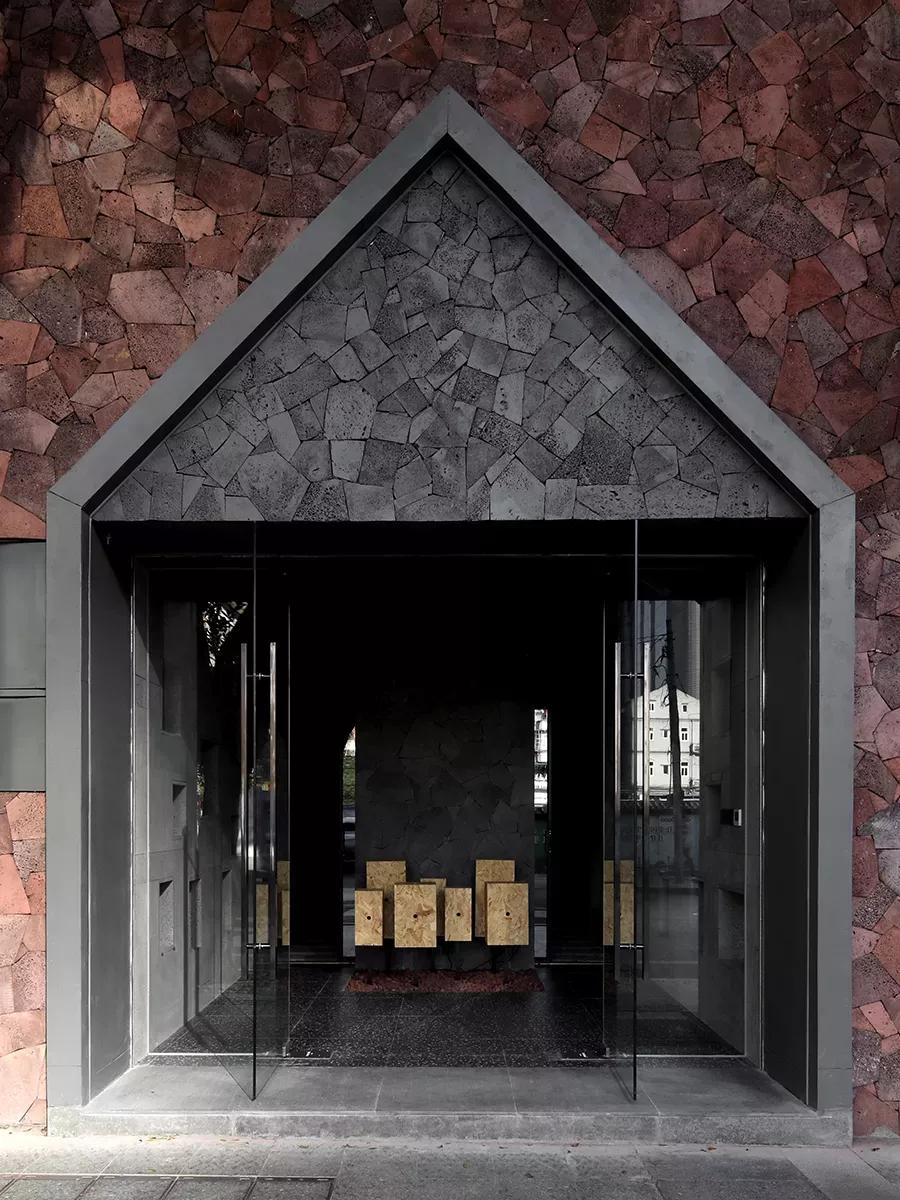
3.3 Lava rock filter material
Mostly used in landscape design or road paving.
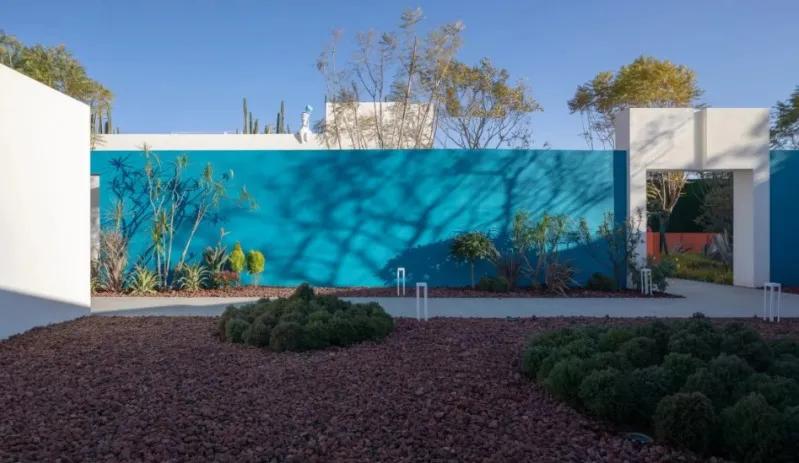
Volcanic stone construction process
Lava stone is most often used in wall, wall stone dry hanging construction process:
construction preparation → line bouncing → buried plate installation → steel skeleton production and installation → stone installation → finished product protection.
1, construction preparation
1.1, the stone for platooning, numbering.
1.2, check the substrate wall, confirm whether to chisel, trimming.
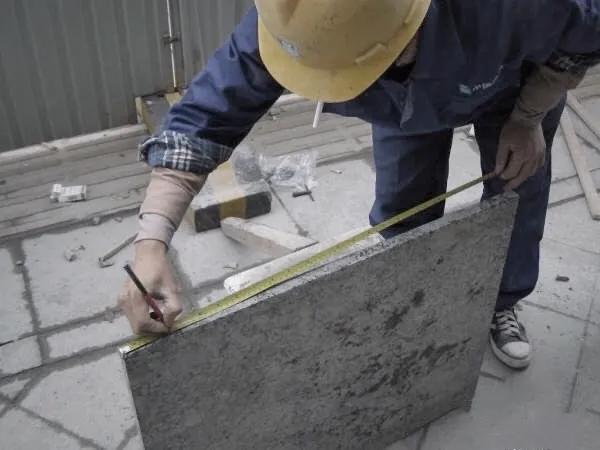
2. Layout line
According to the design requirements of the sample and pop-up skeleton, finish contour line and wall level datum line, and put all parts of the channel steel line.
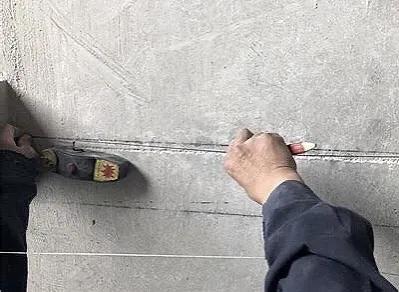
3. Embedded plate installation
According to the position of the vertical keel channel steel, determine the position of the embedded galvanized steel plate, and fix the embedded plate on the concrete beam and wall with expansion bolts.
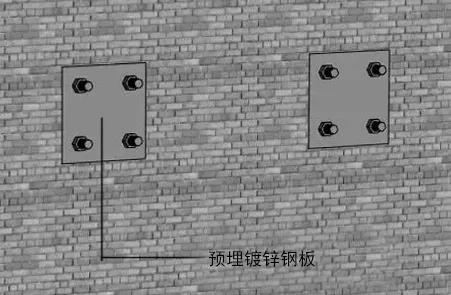
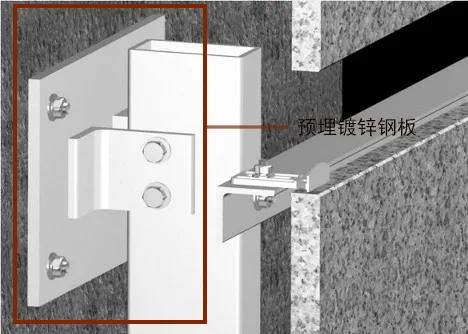
4. Steel frame production and installation
4.1 The wall where the steel frame needs to be installed should arrange the vertical keels of the steel frame reasonably according to the dividing line, and fully weld them to the four sides of the buried plate.
4.2 The horizontal purlin is made of galvanized angle steel. The spacing depends on the specifications of the stone and is fully welded to the vertical purlin.
4.3 according to the specifications of the stone before installation in the angle on one side of the pre-punched holes for pendant fixing, while all the welding parts of the keel rust treatment.
5. Lava Stone installation
5.1 In the steel skeleton insert fixed bolts, set stainless steel or aluminum alloy fixed pendant.
5.2 According to the design size, the stone will be fixed in a special mold, stone on the lower end of the groove, the back of a bayonet so that dry hanging can be embedded in it.
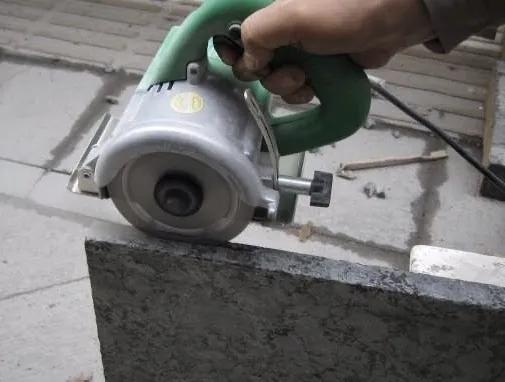
5.3 Use AB structural adhesive to embed the upper groove of the lower stone, insert the connecting hanger, and embed the lower groove of the upper stone.
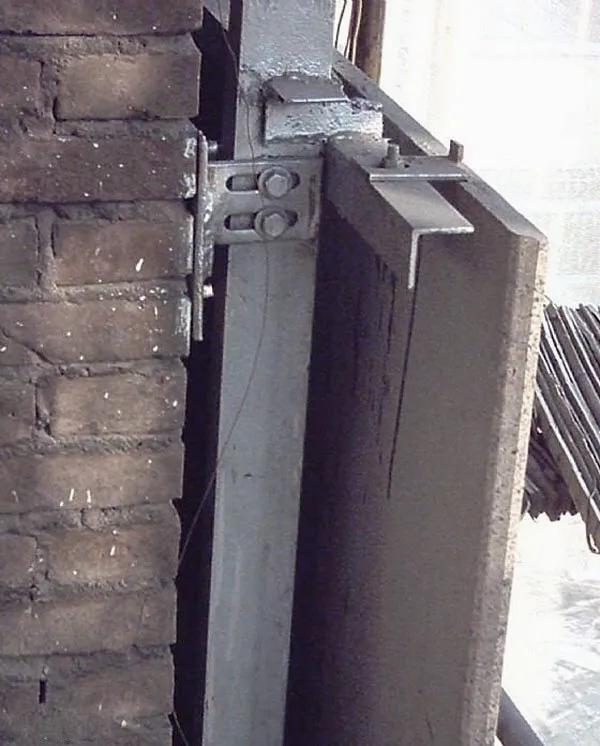
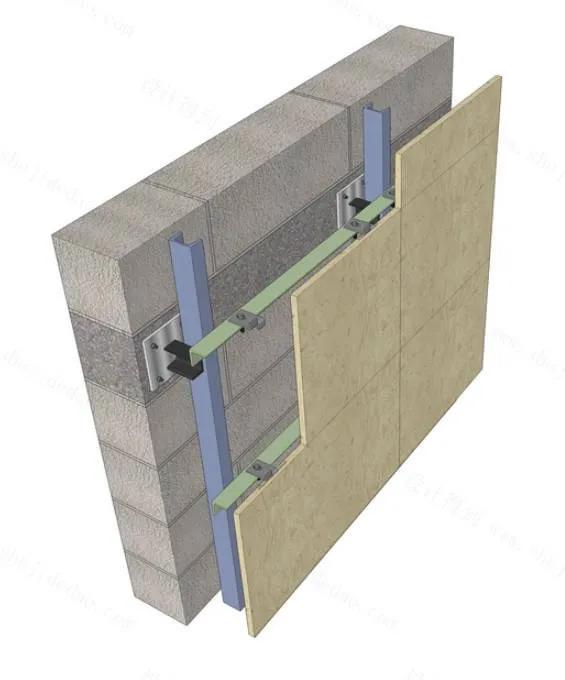
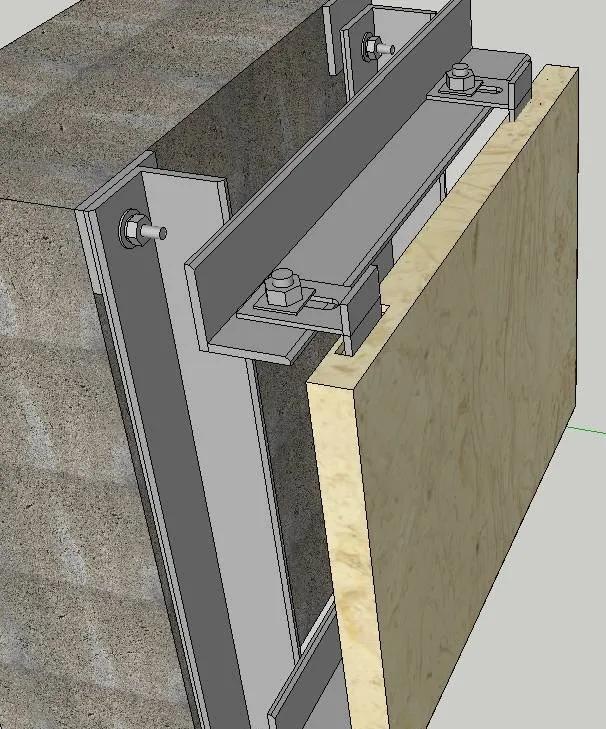
6. Finished Lava stone protection
6.1 Use a foam stick to fill the seams and wipe the seams with a special caulking agent. After completion, clean the finished surface.
6.2 Use pearl film to cover the area 2m above the ground to protect the finished product.
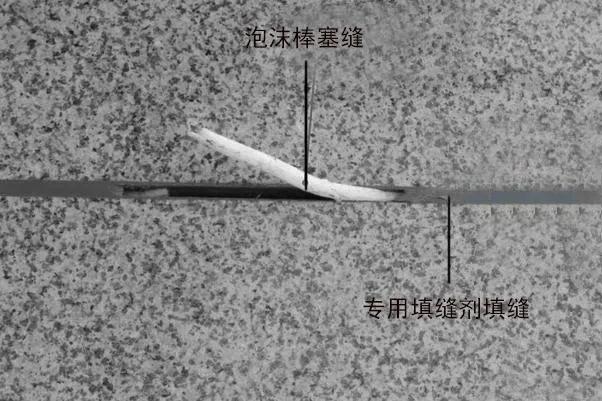
7. Node construction
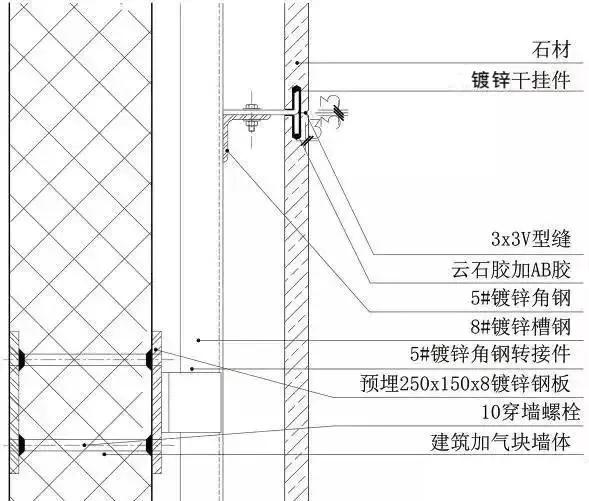
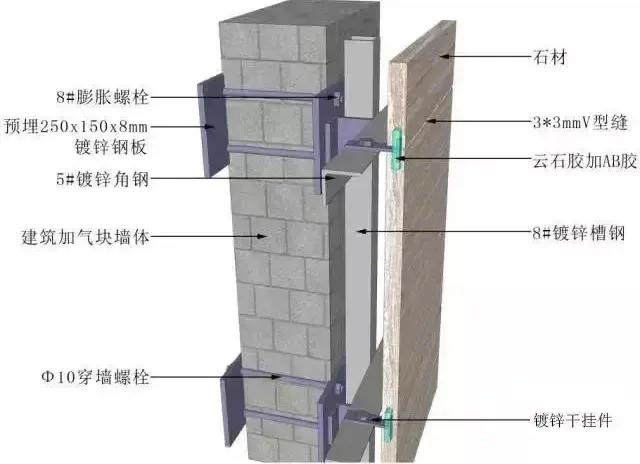
8. Notes
8.1 When the size of dry-hanging stone is greater than 1㎡, the spacing between the upper and lower hanging points should not exceed 700mm, and hanging points should be added in the middle of the stone to prevent the stone from falling off due to insufficient force.
8.2 Epoxy dry-hanging AB glue must be used for stone dry-hanging (strictly in accordance with the 1:1 ratio for construction), and marble glue can only be used for temporary fixation.
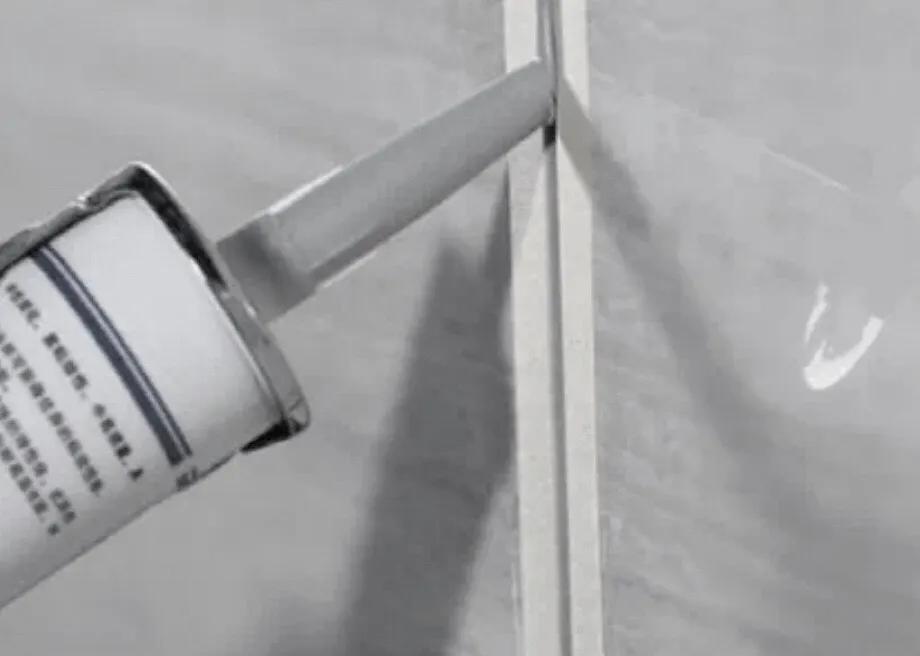
8.3 The steel frame should be made of ordinary carbon steel profiles. Stainless steel profiles can be used when there is a special need. Channel steel should be used for steel columns and angle steel should be used for transverse steel frames. All of them should comply with the design and specification requirements.
Application of volcanic rock materials
Due to the superior characteristics and rich texture of volcanic rock materials, they are widely used in architectural design, interior design, landscape design and industrial design.
1. Application in architectural design
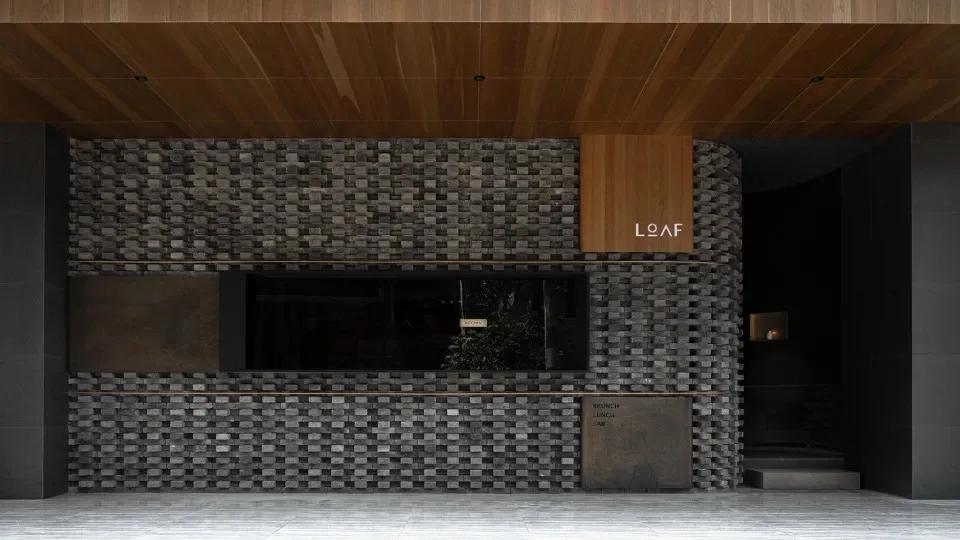

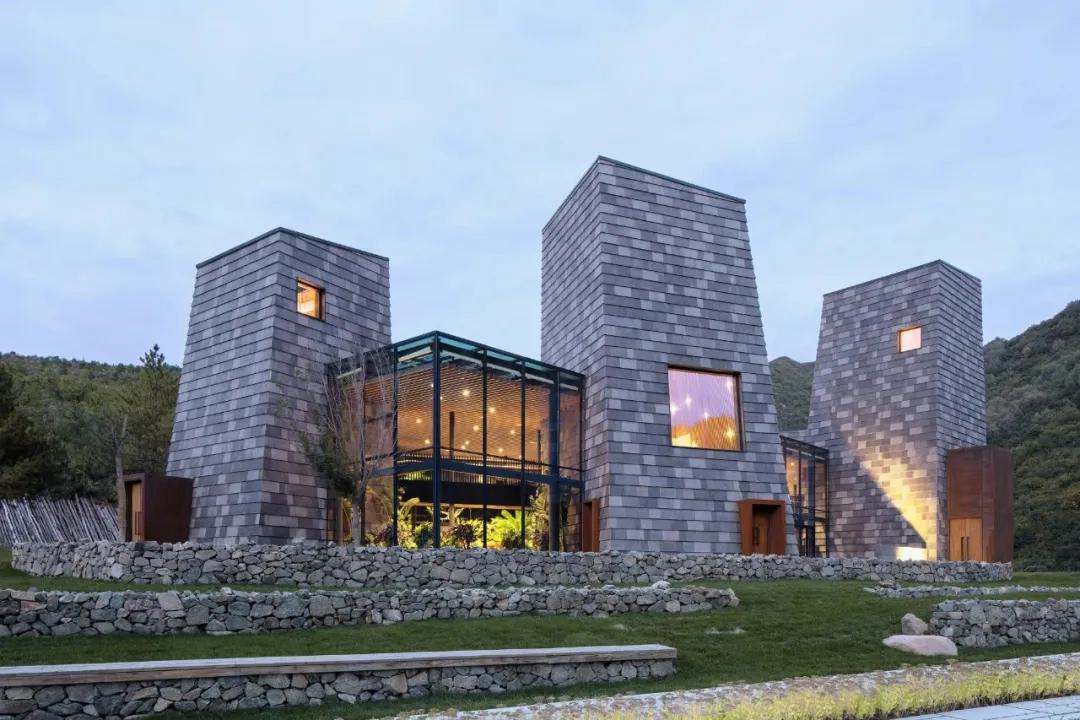
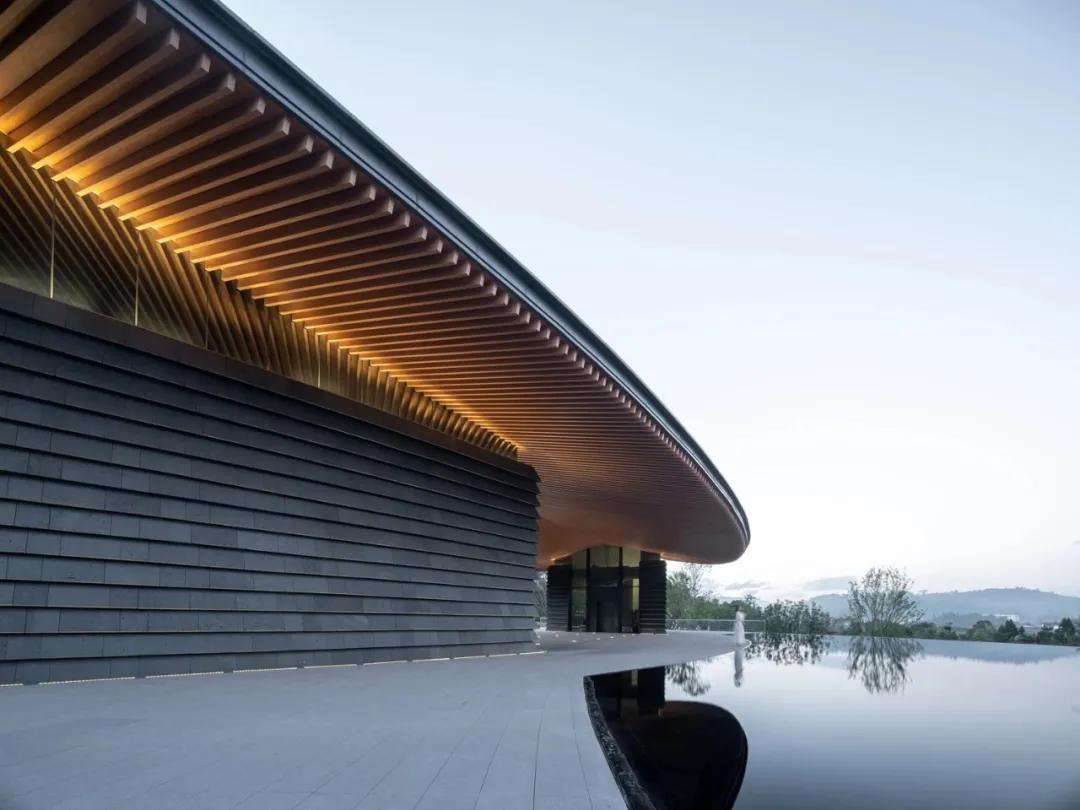
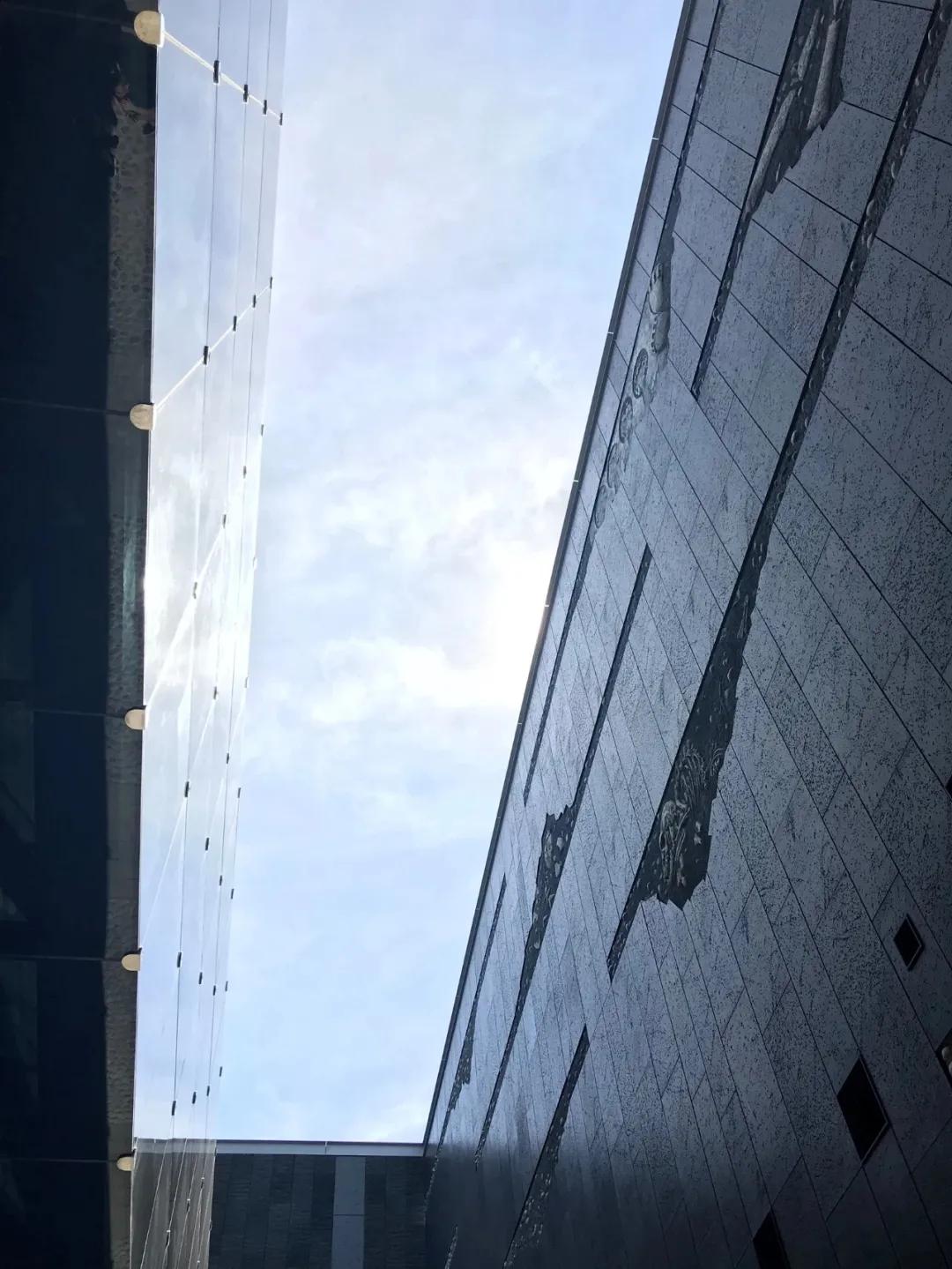
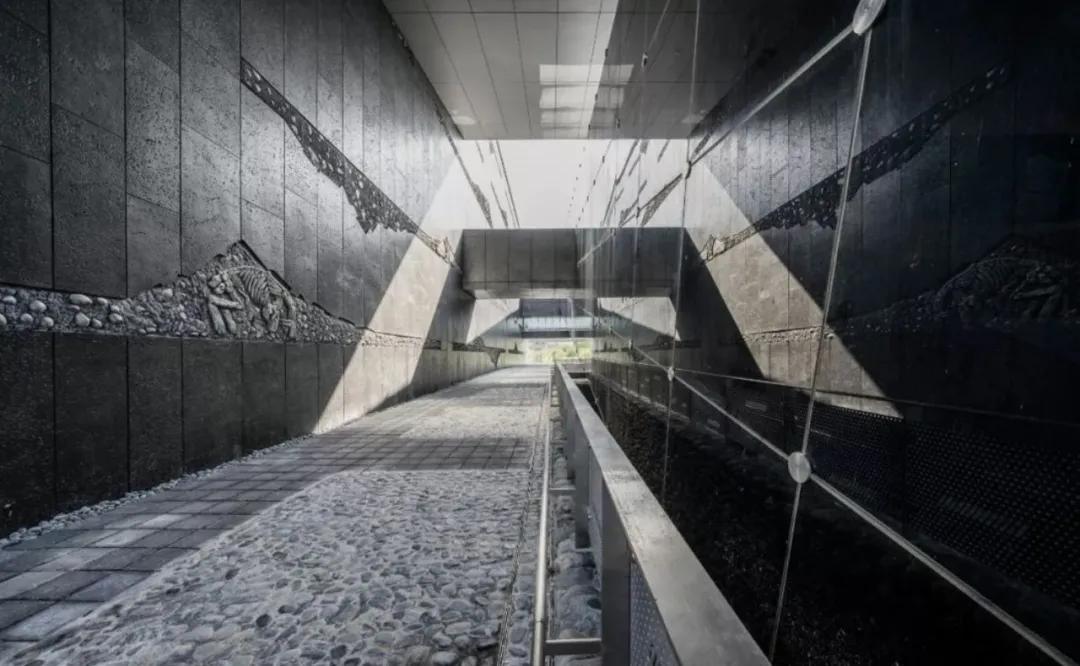
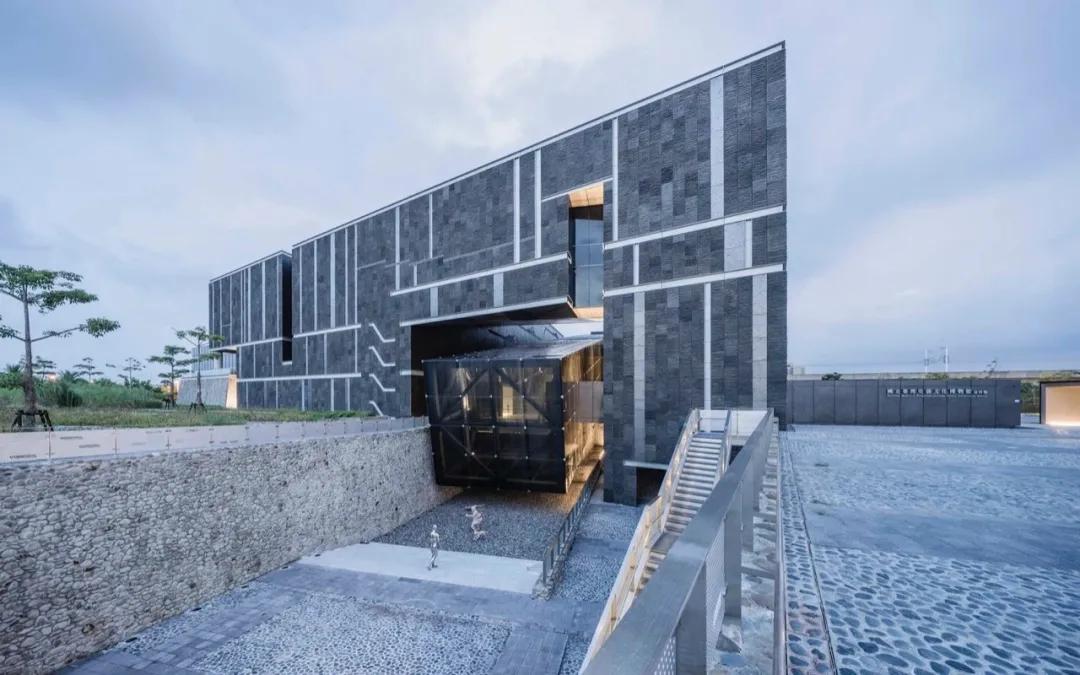
2. Application in interior design
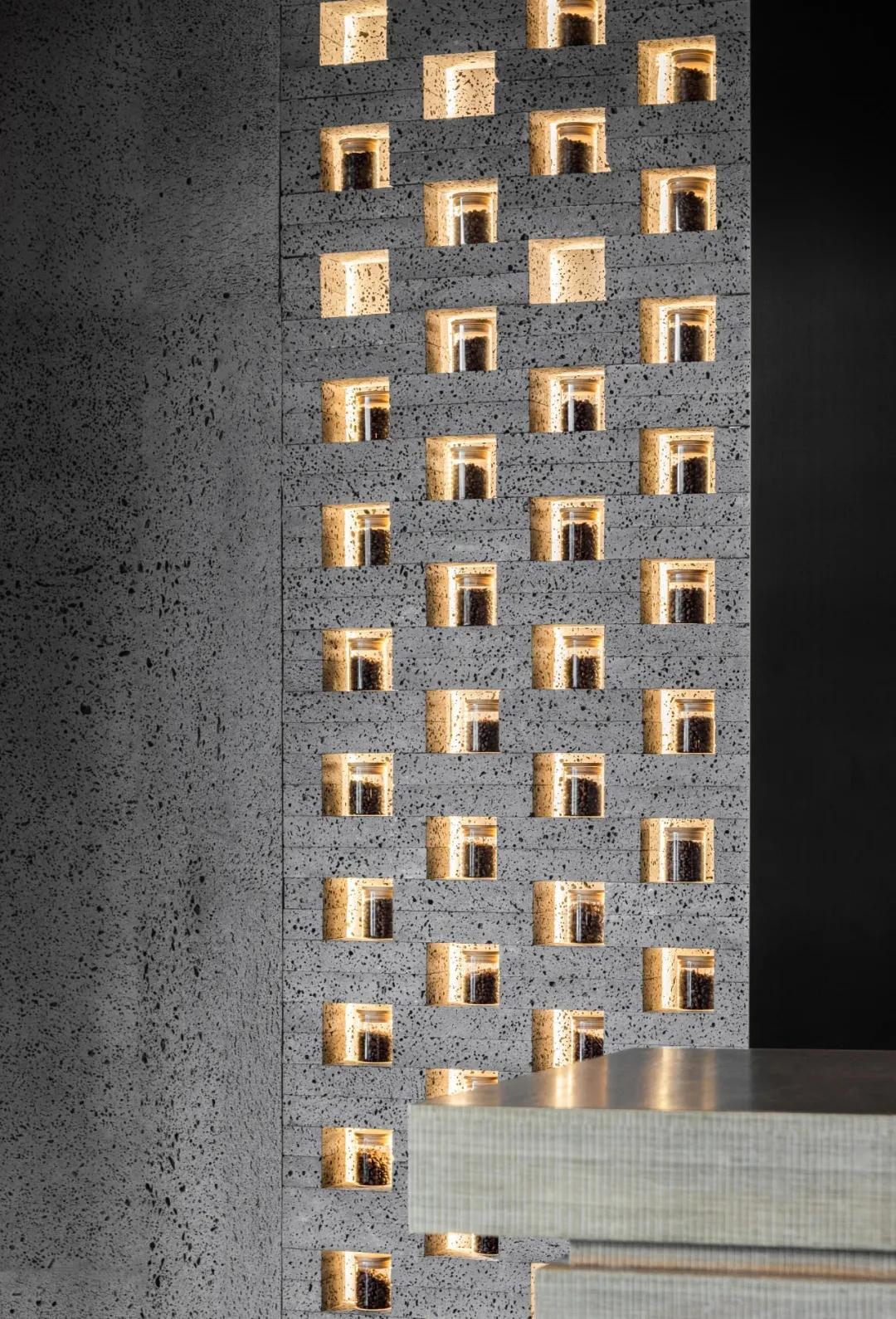
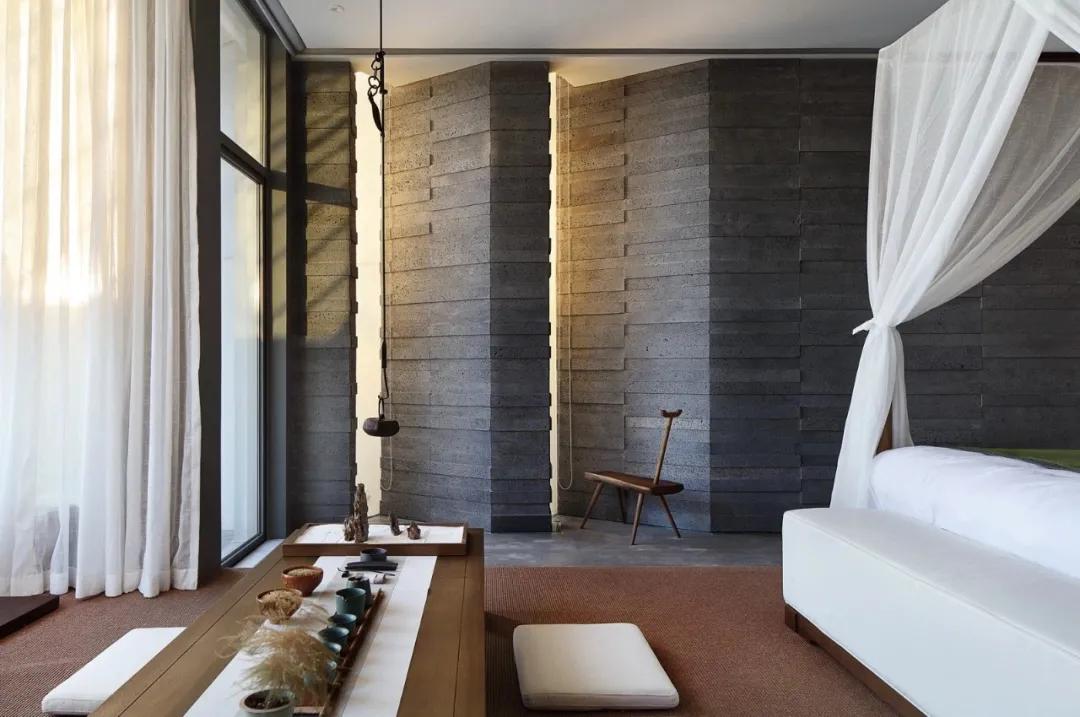
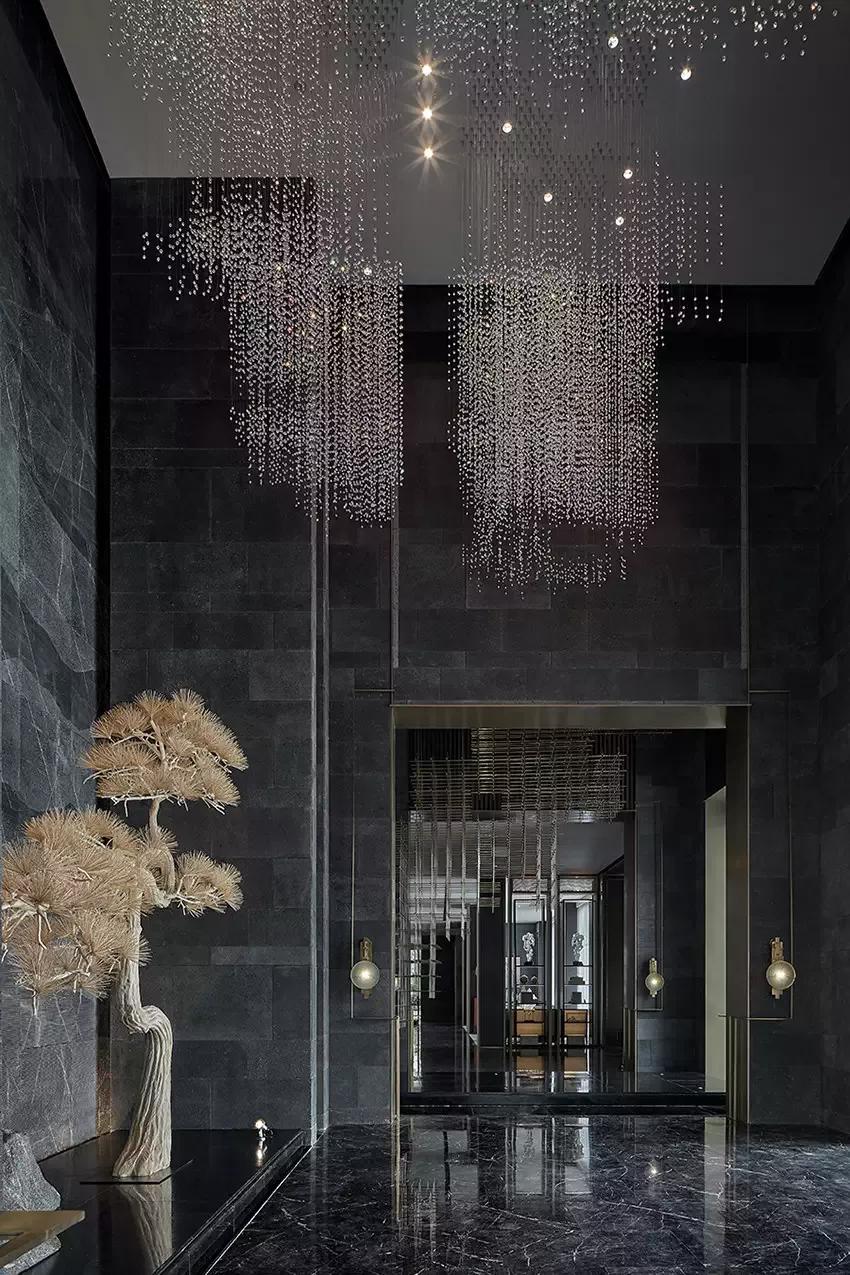
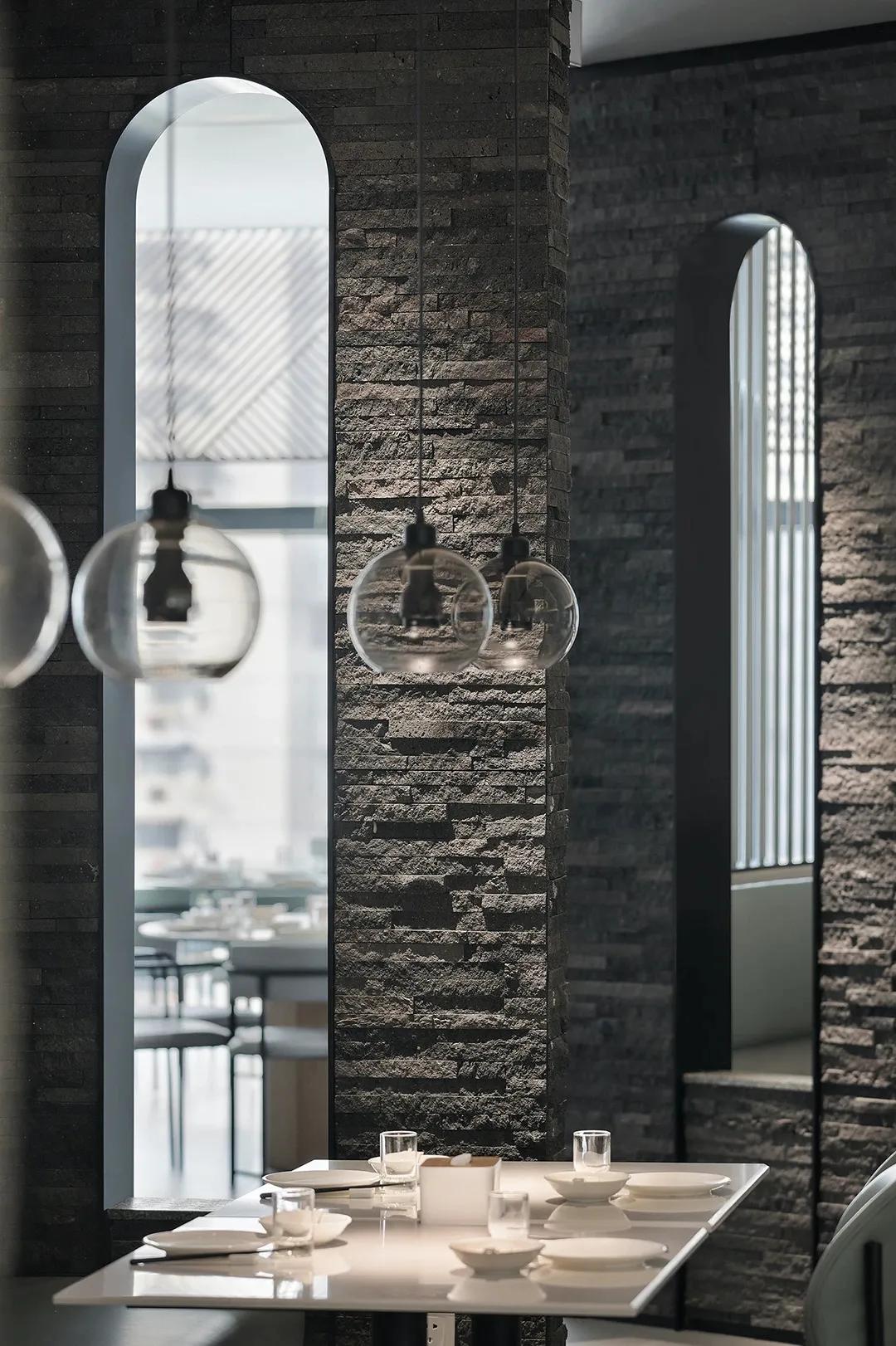
3. Lava stone application in landscape design

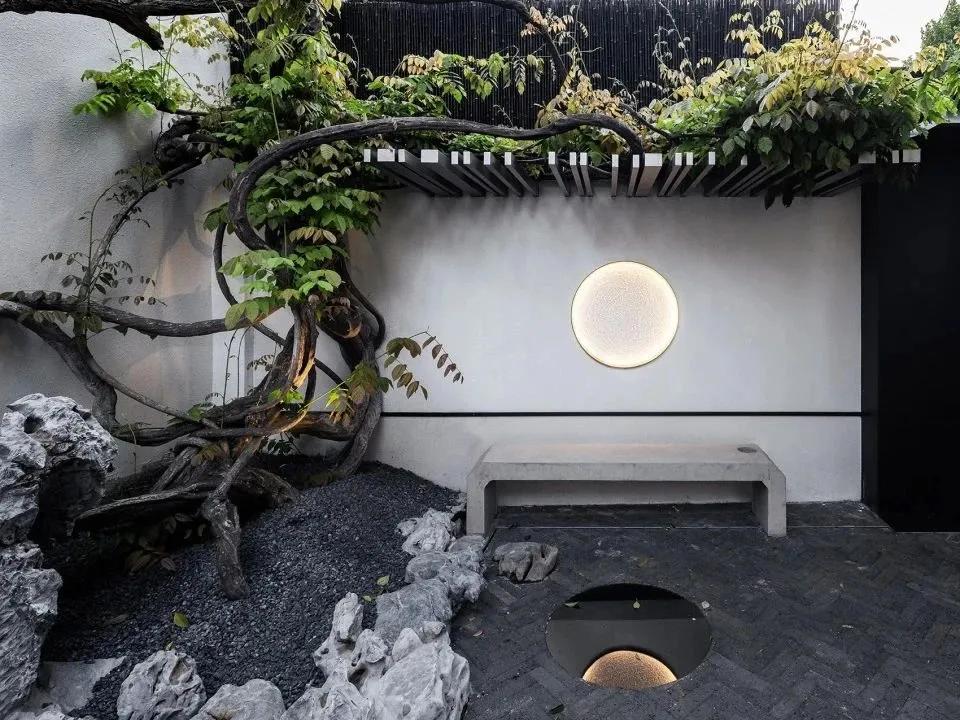
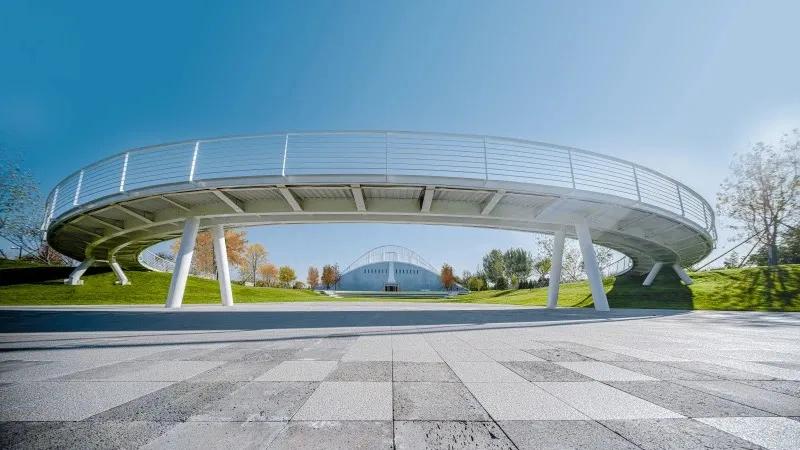
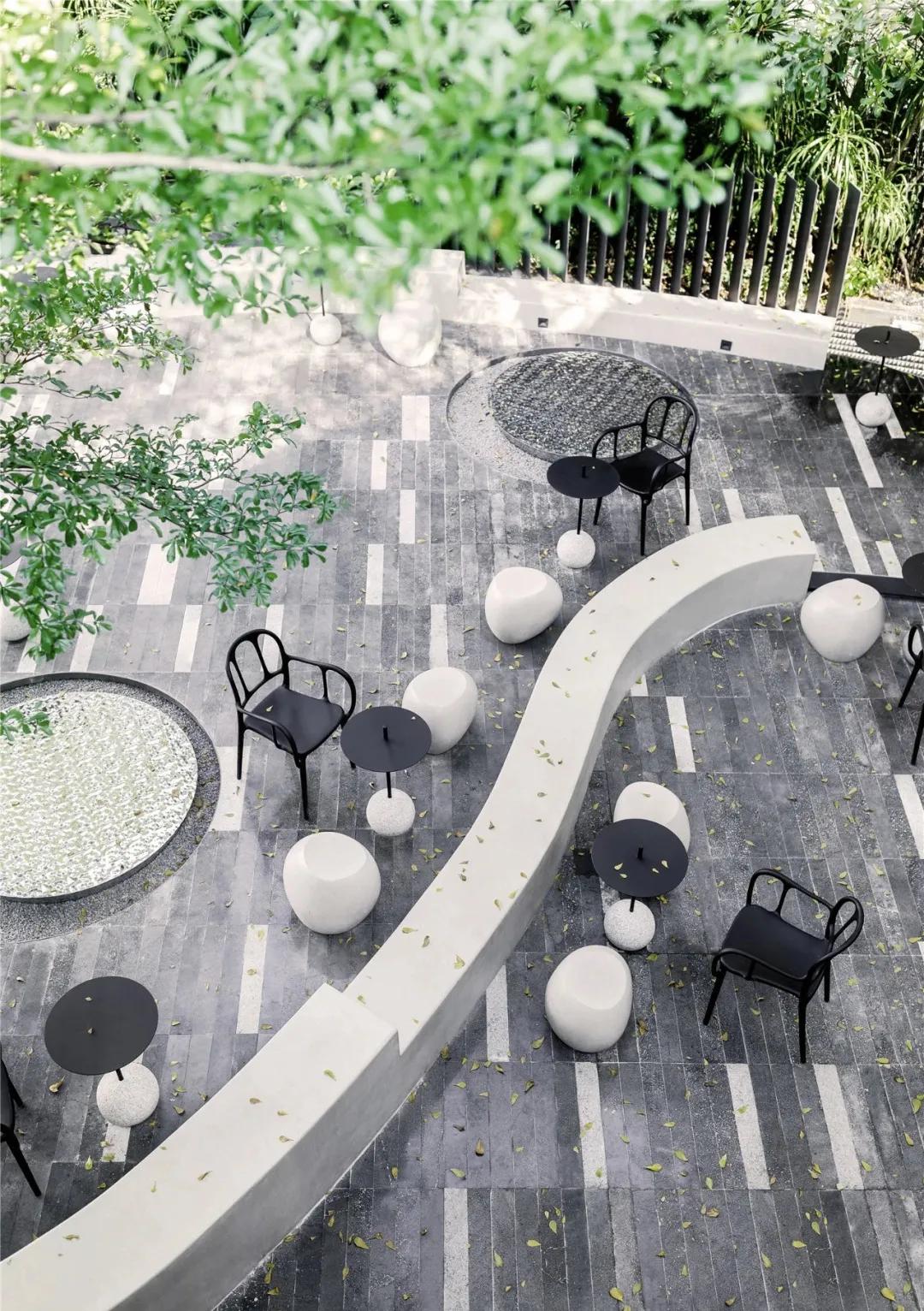
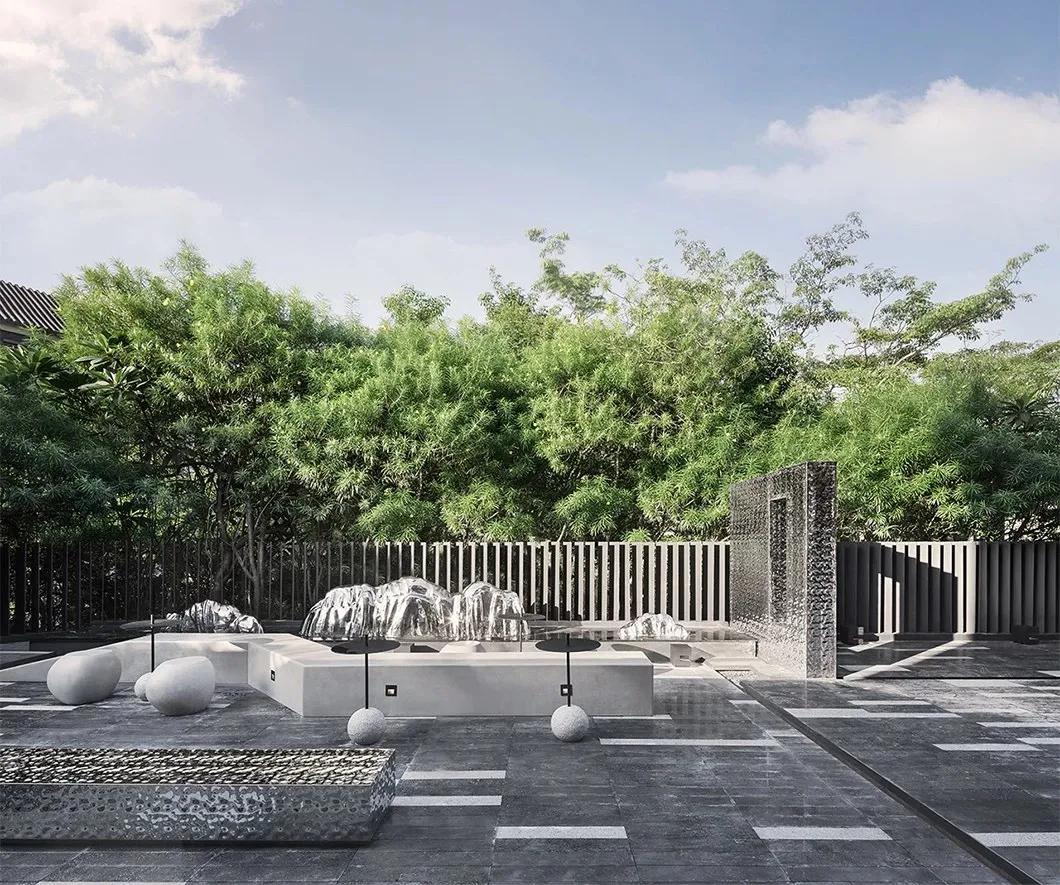
Summary
Volcanic stone, as a kind of “most familiar” unfamiliar material, has not been as widely known as other natural stone. Its natural pore texture not only absorbs water and sound, hard and wear-resistant, but also can show different decorative effects, perhaps the next “net red” material is it!
(The pictures in this article are all from the Internet. Please delete if you infringe.)

